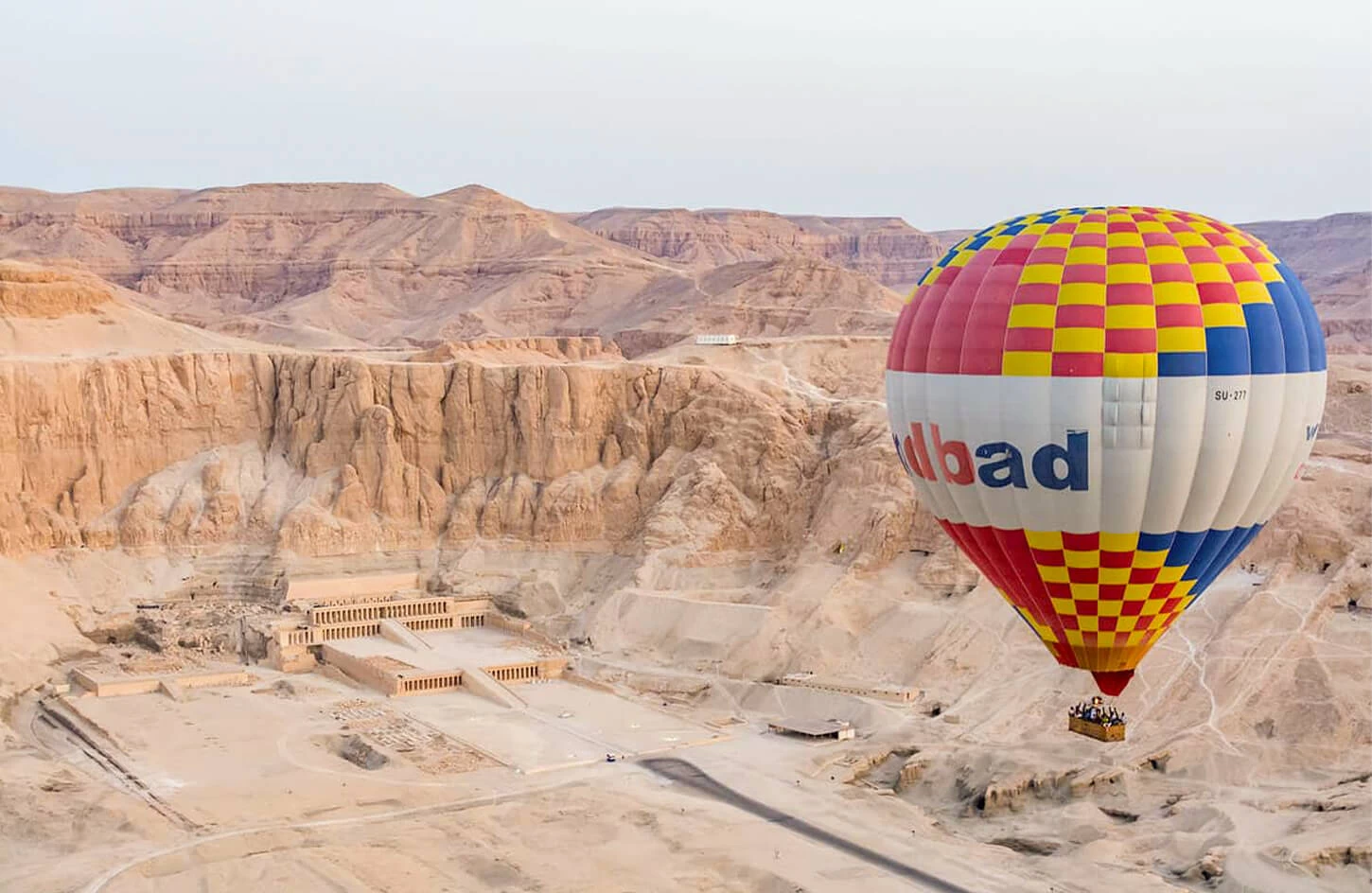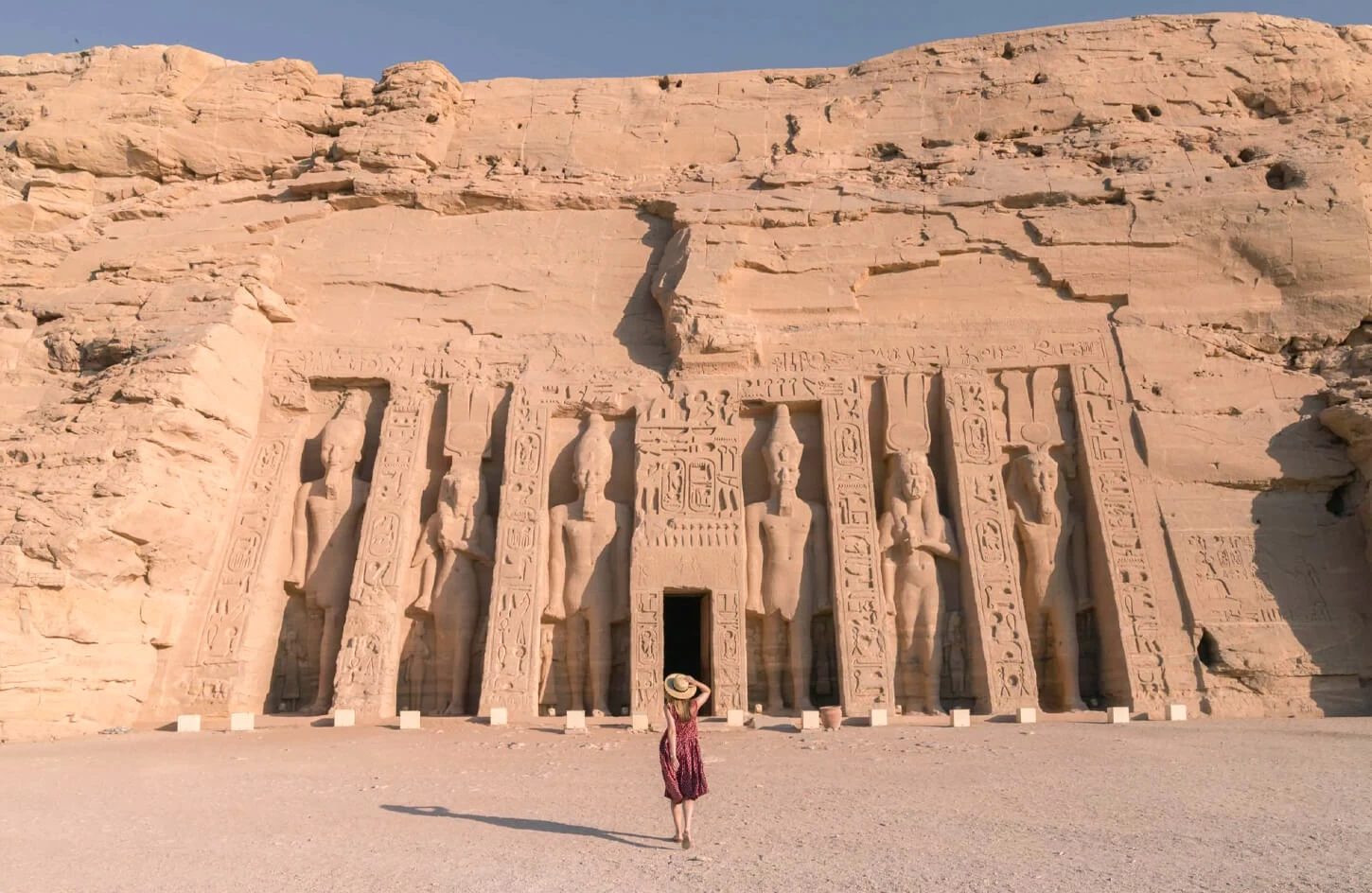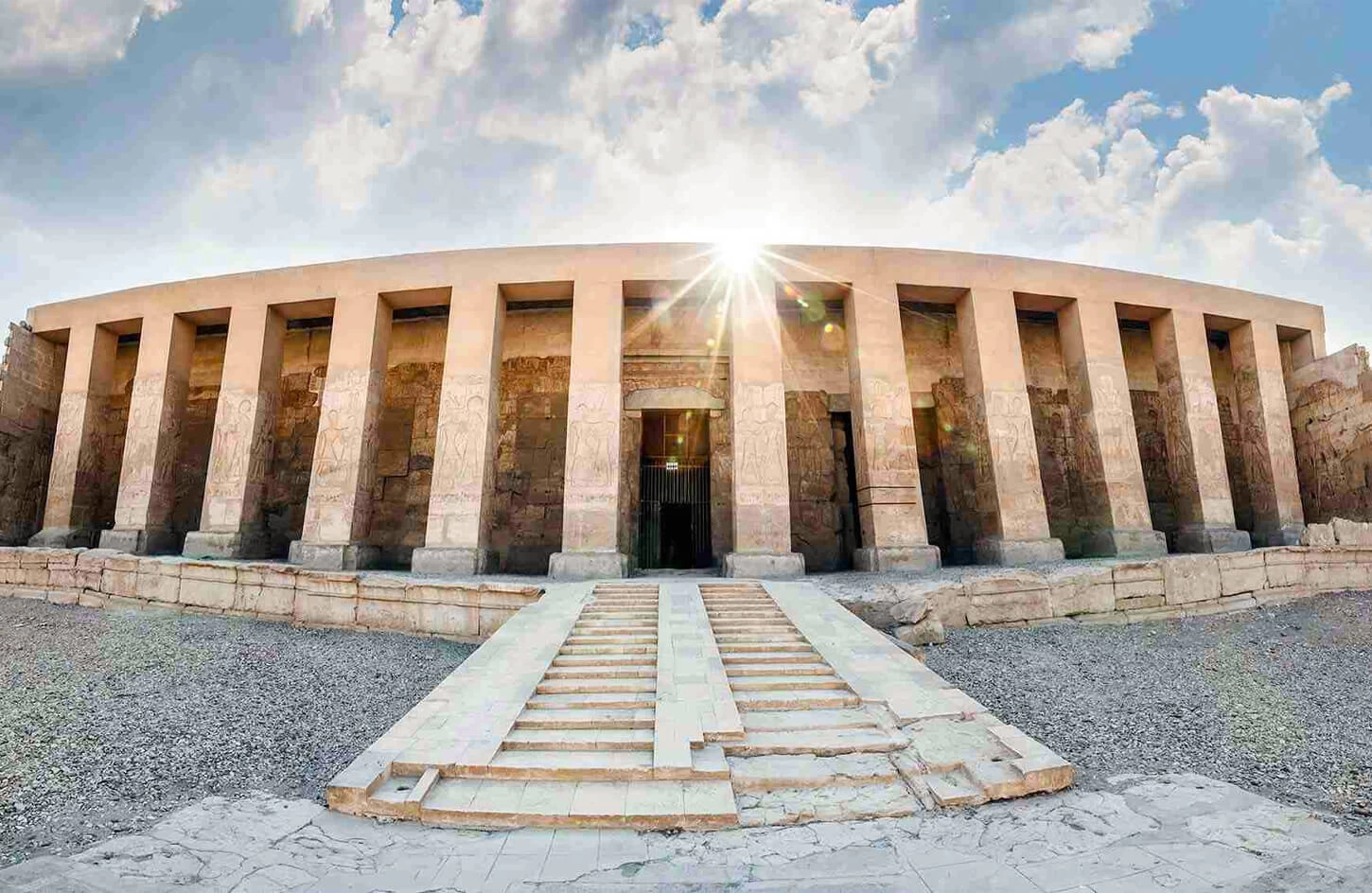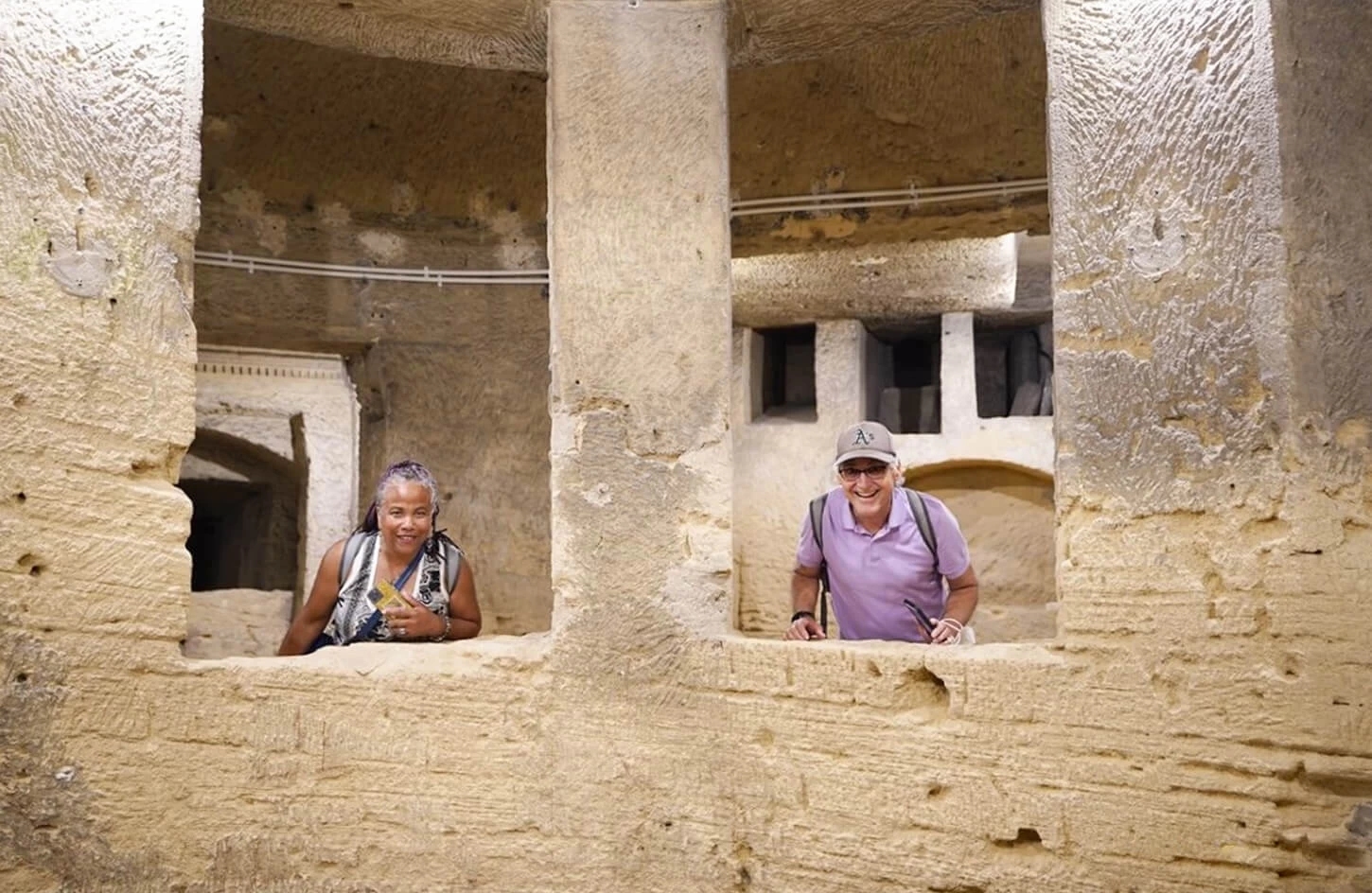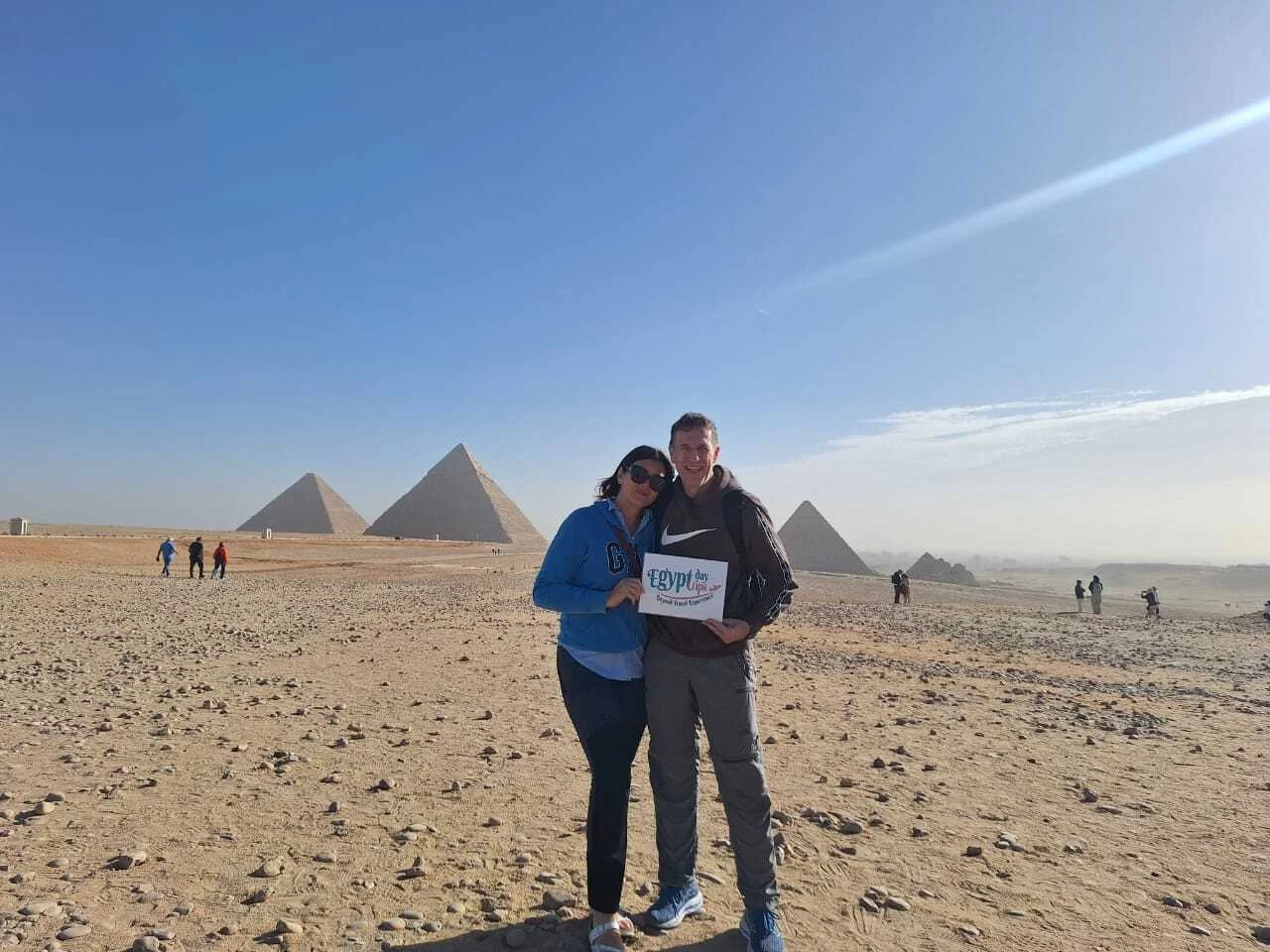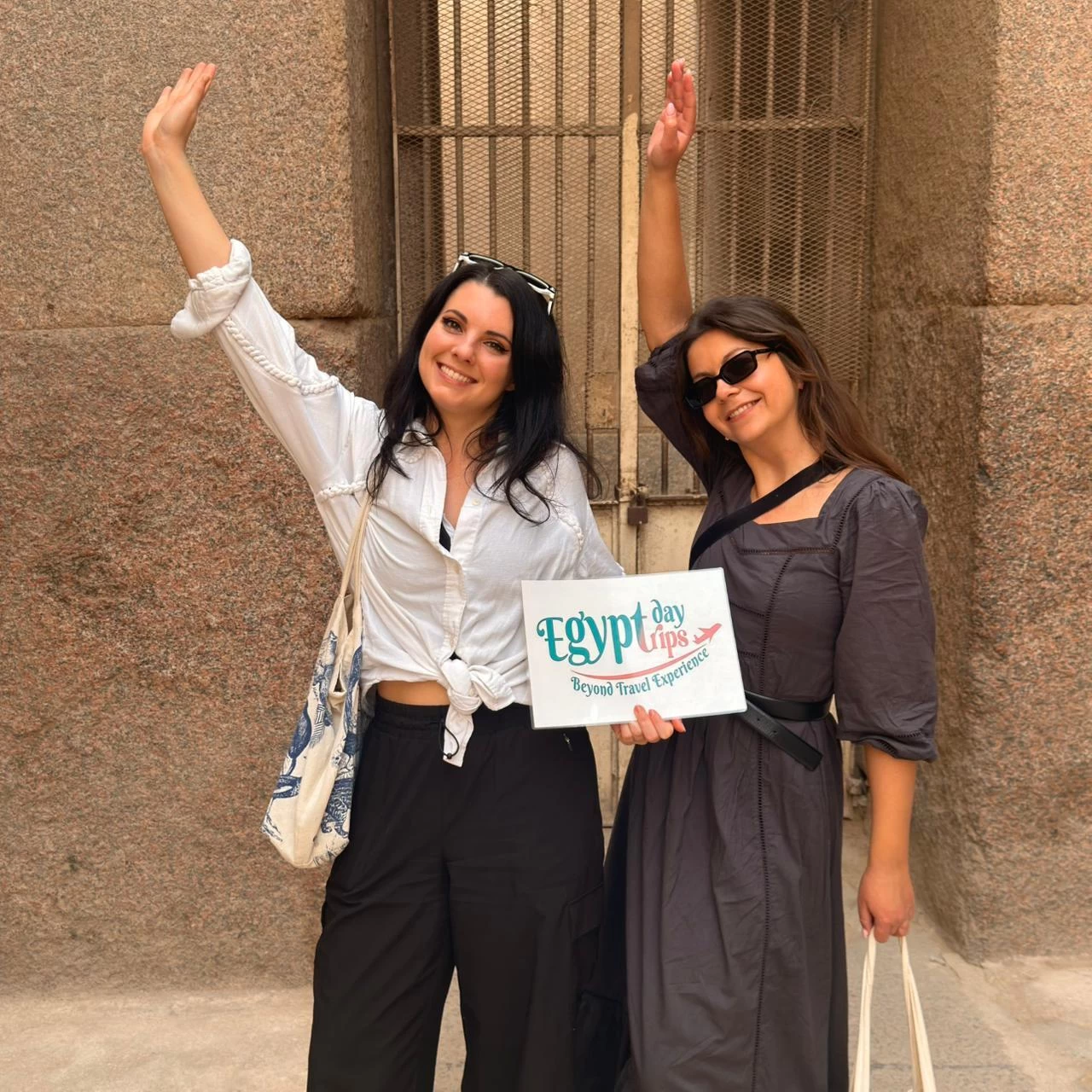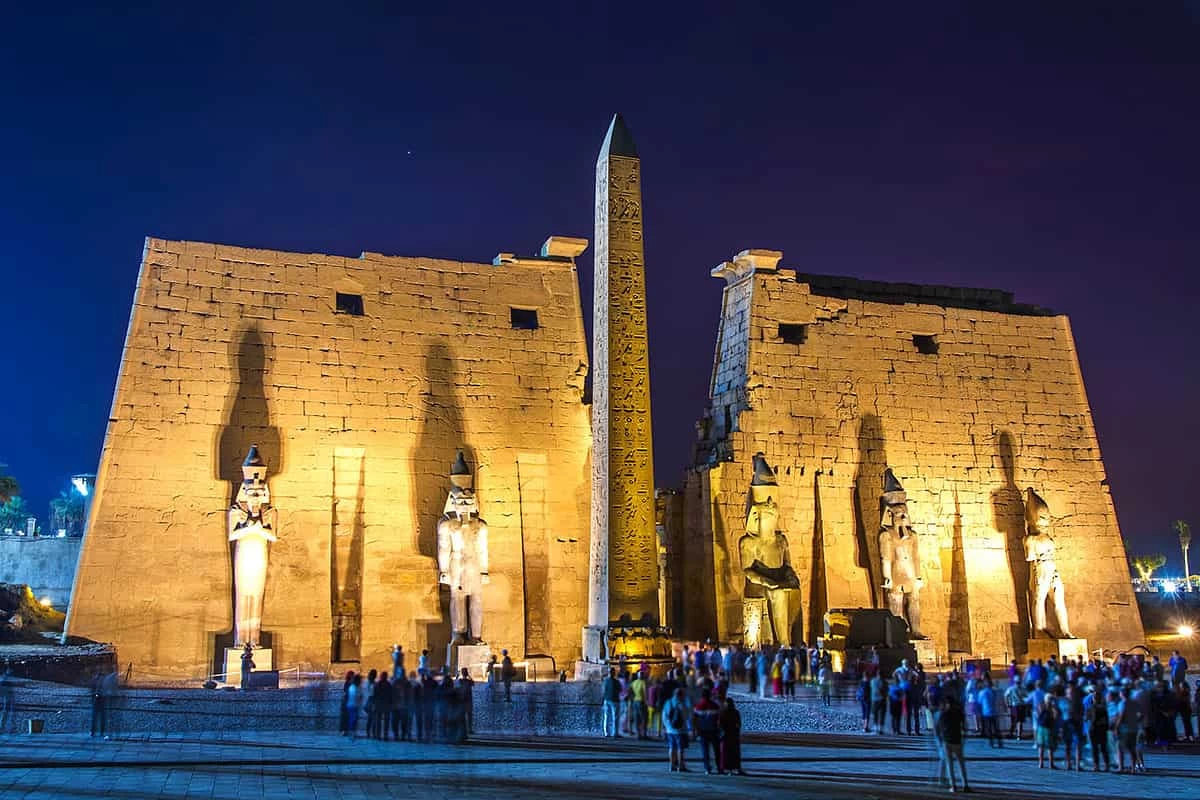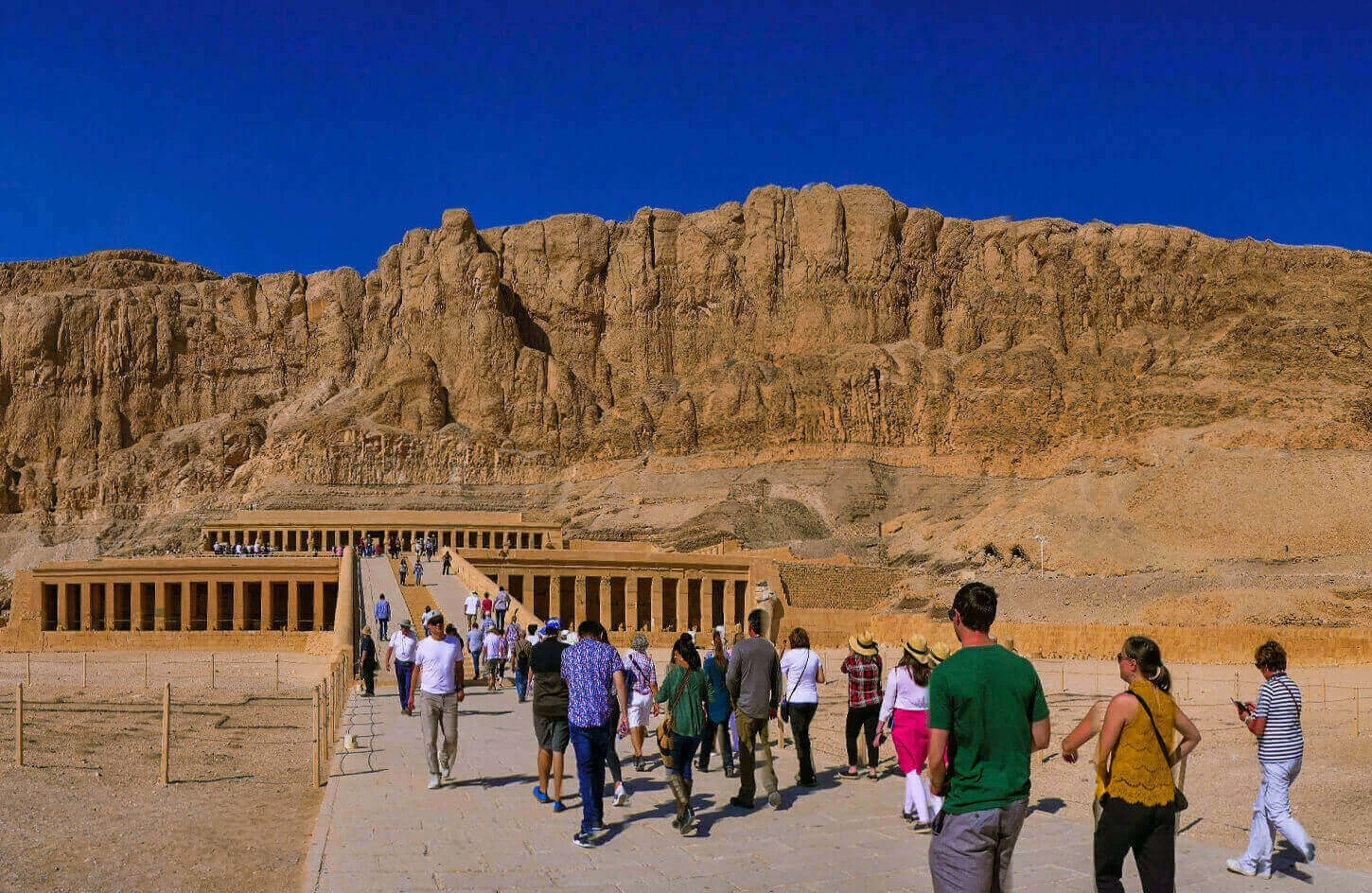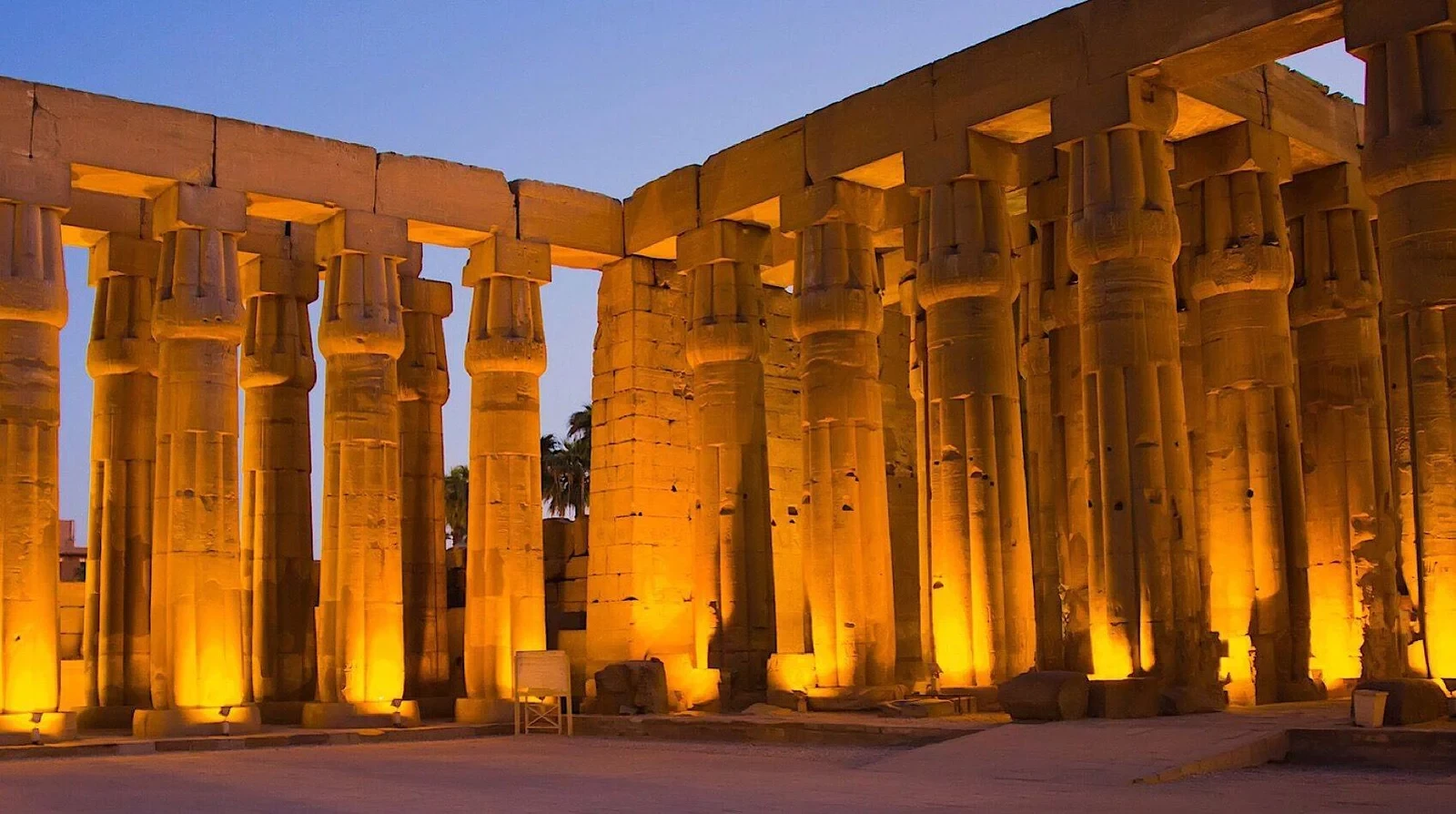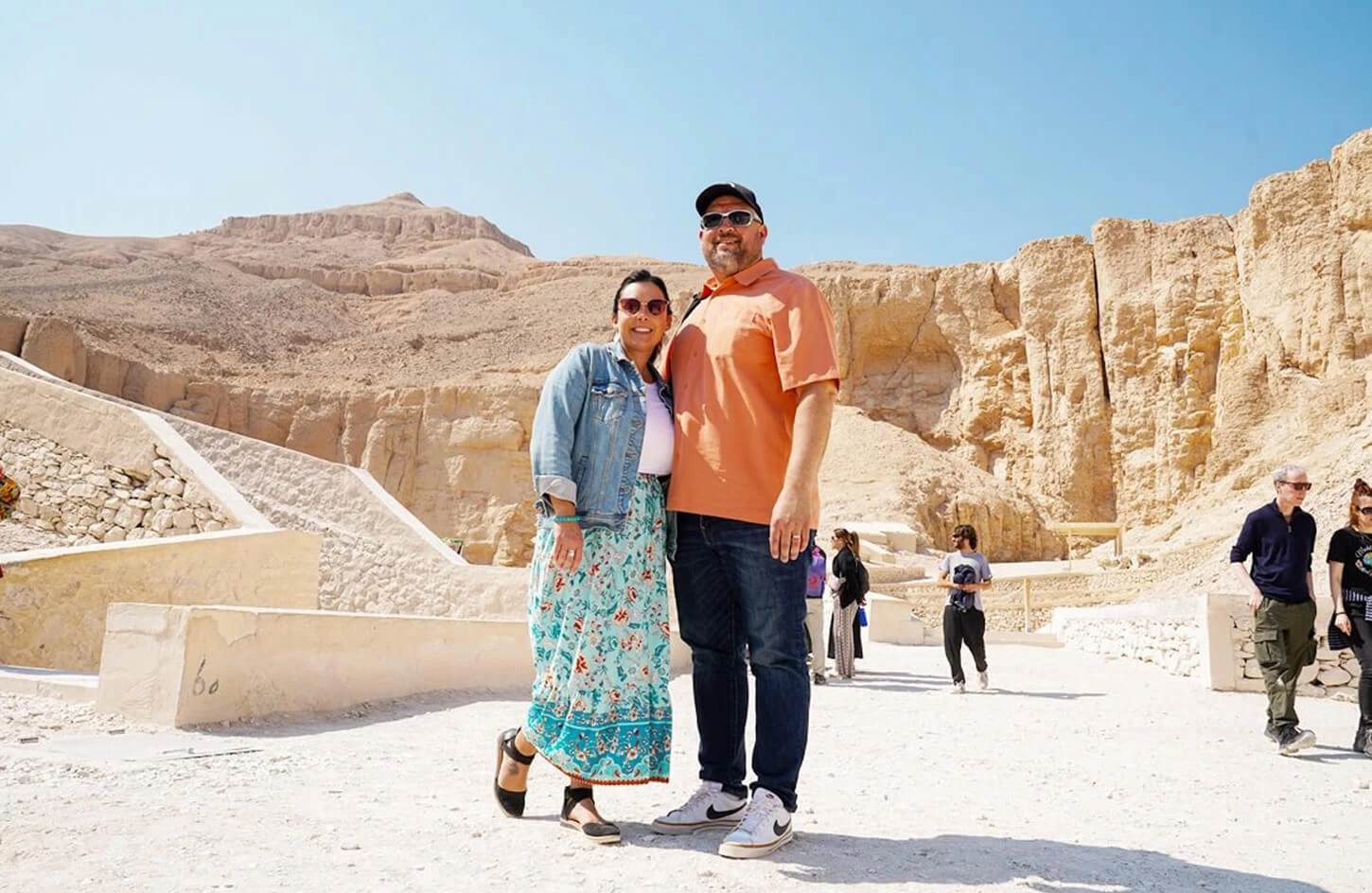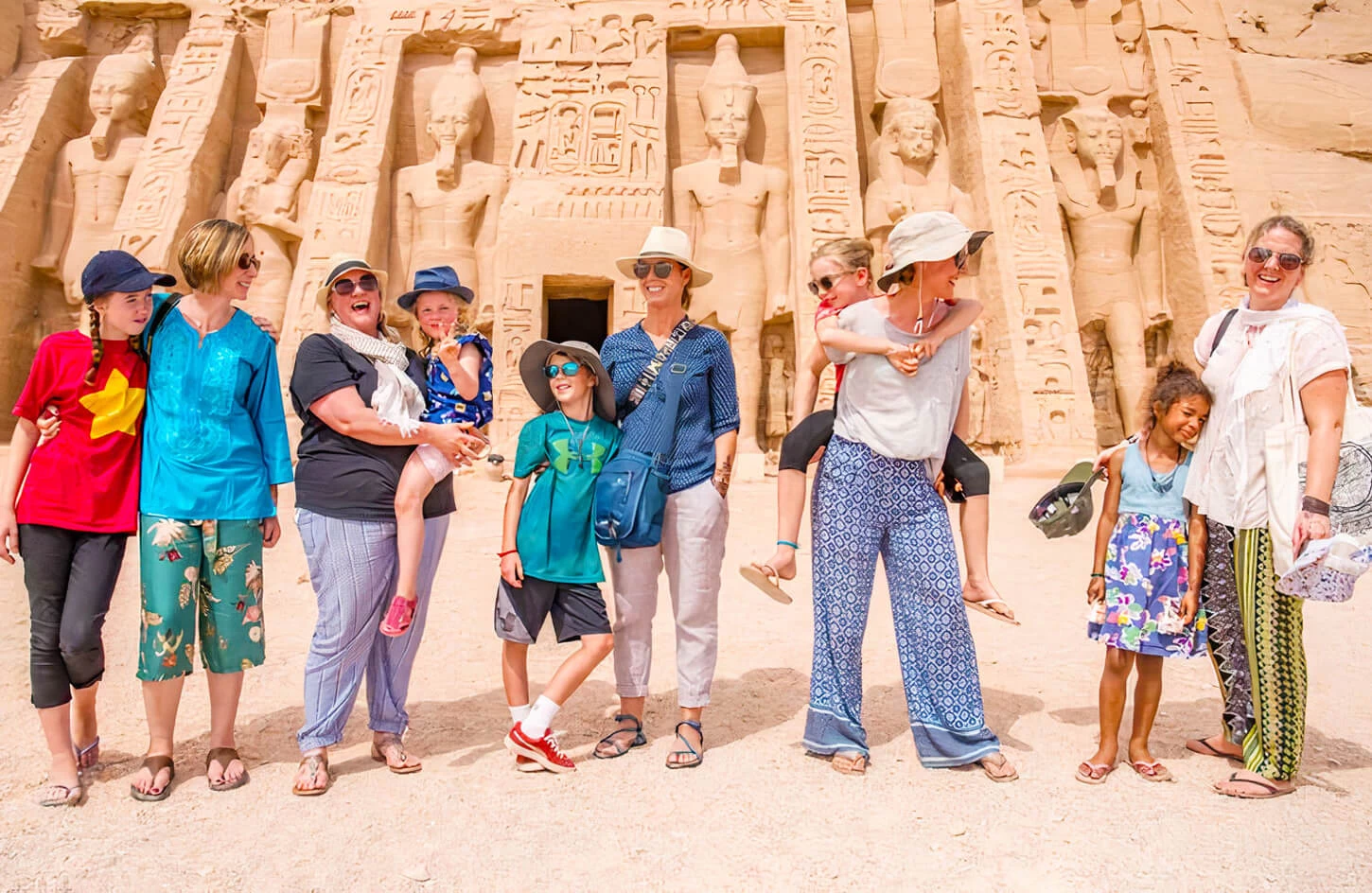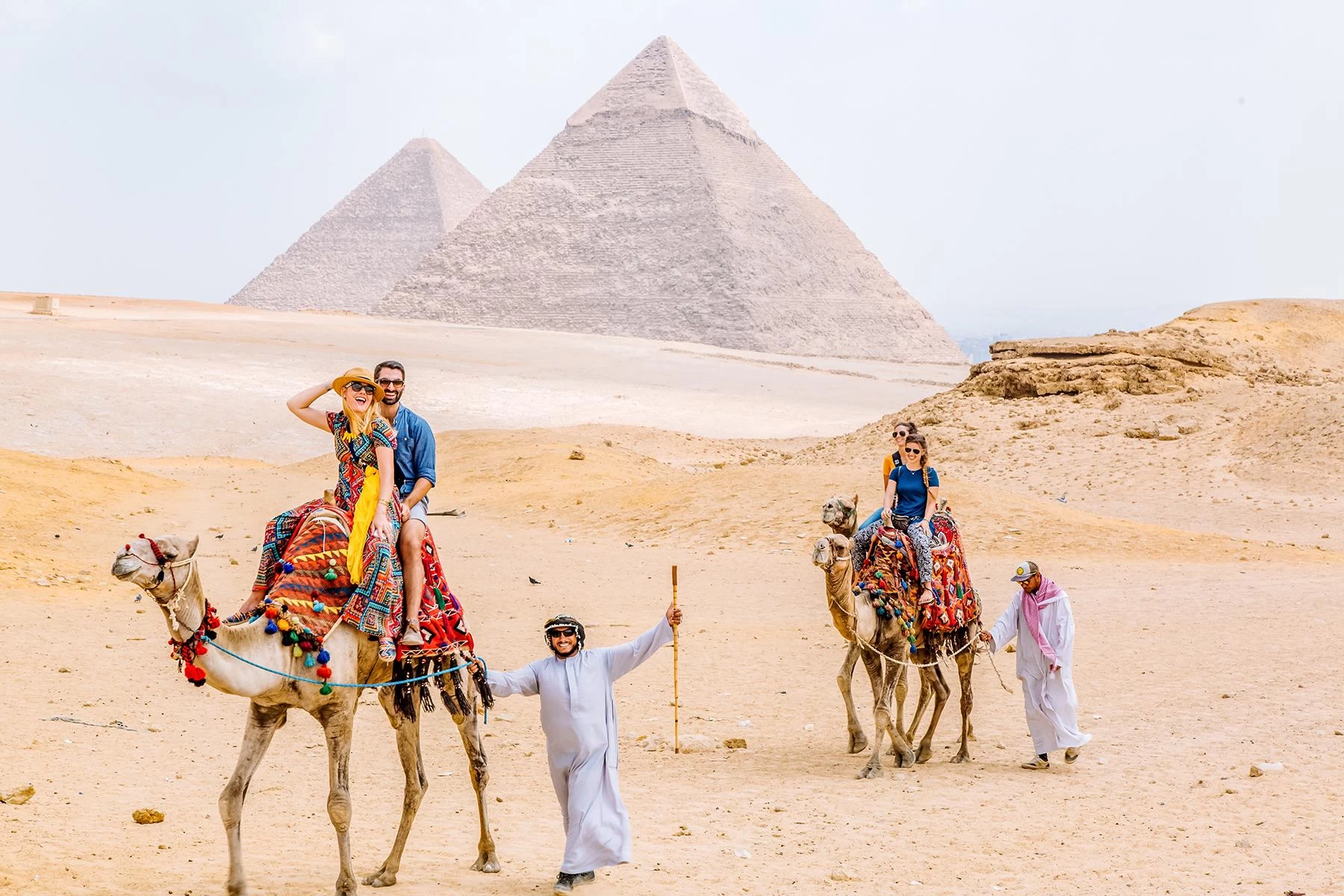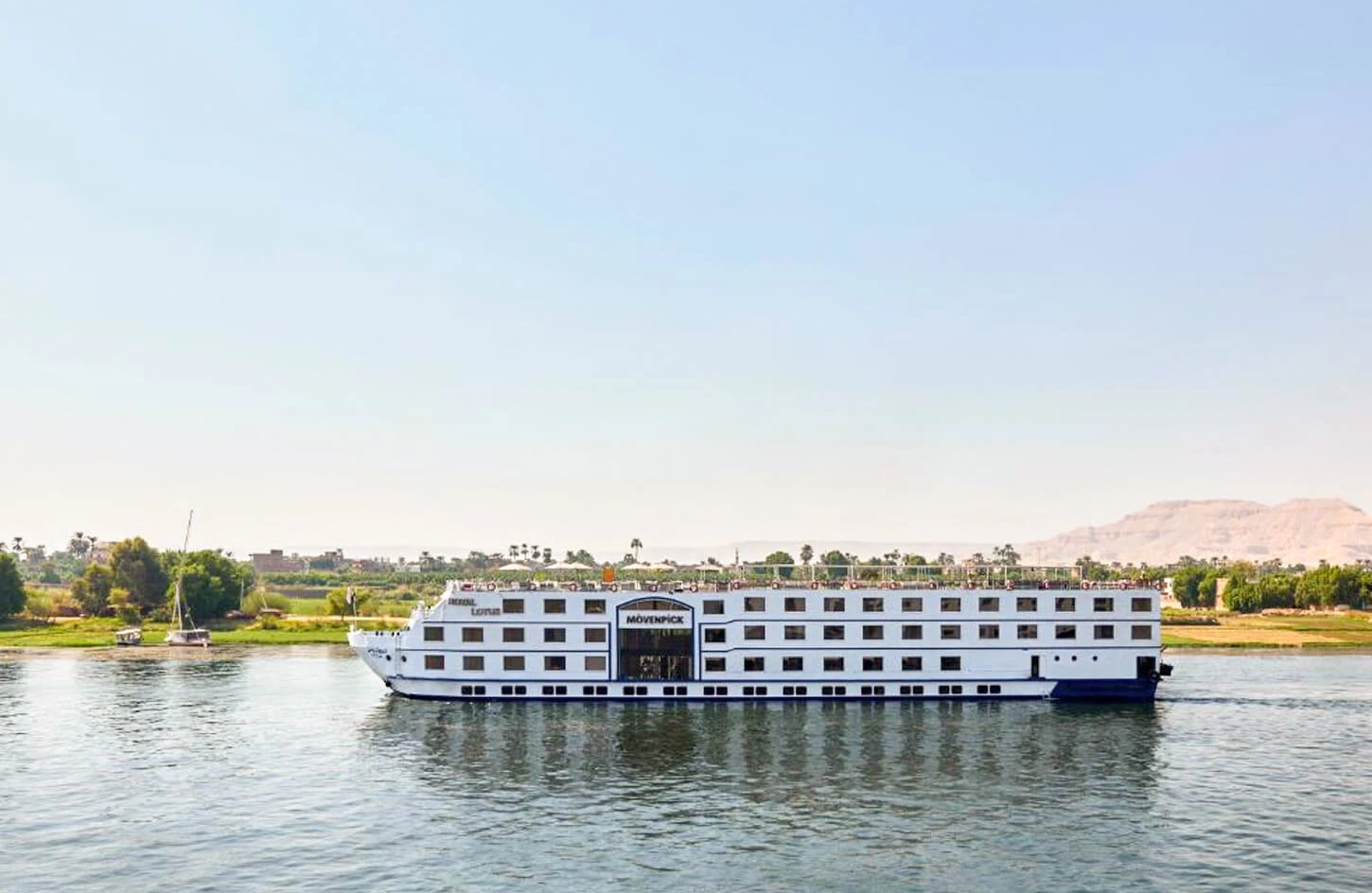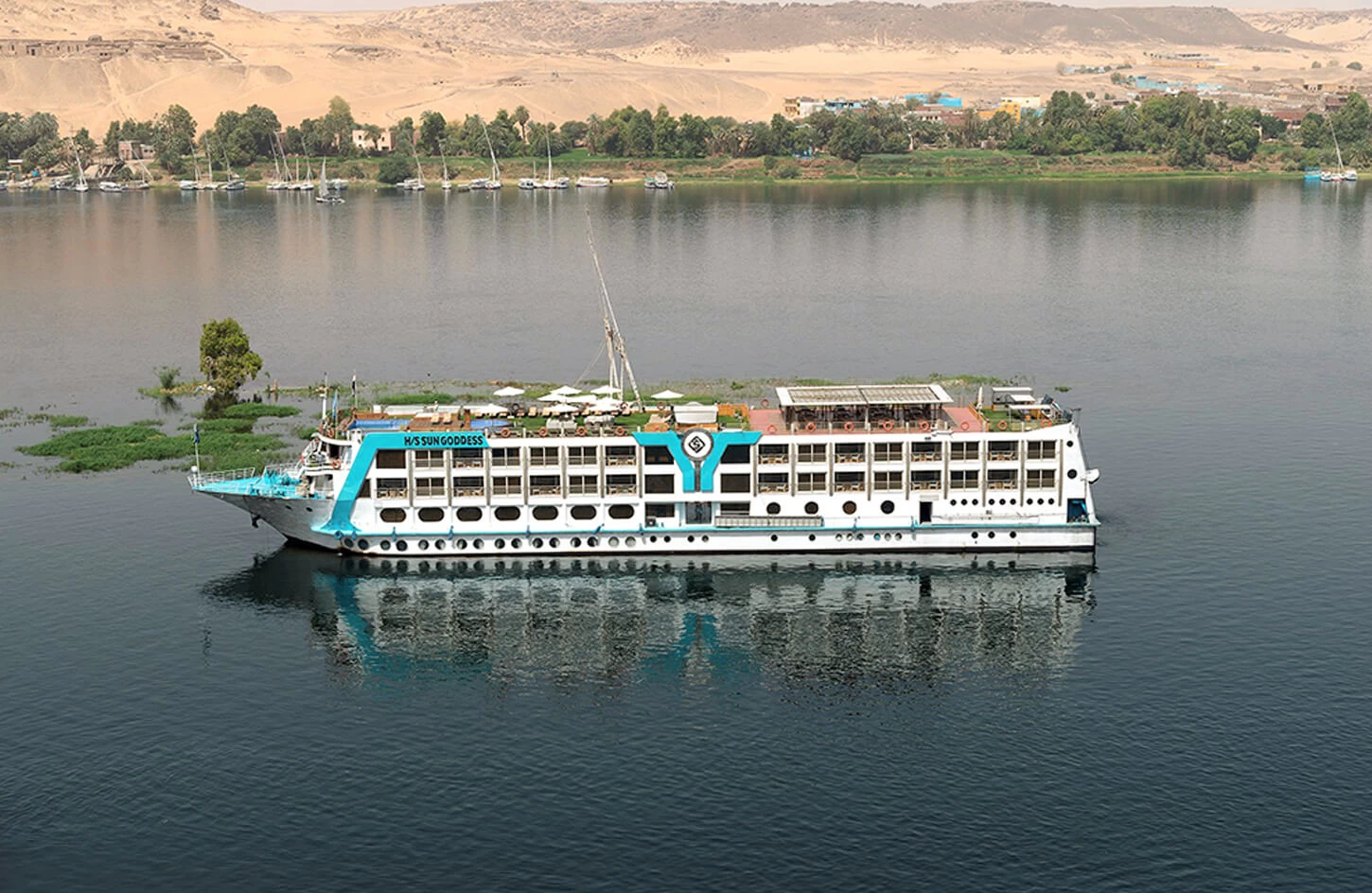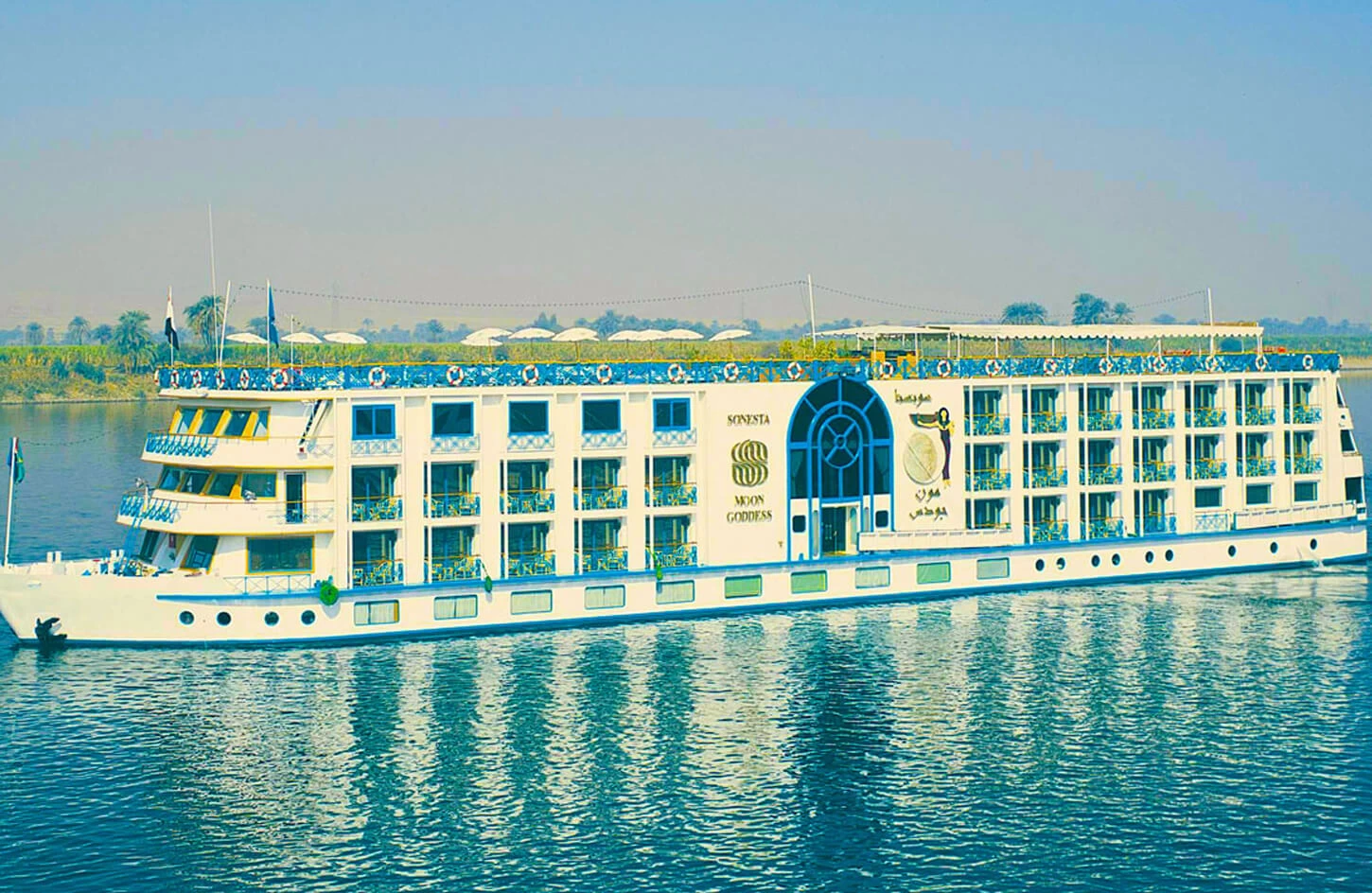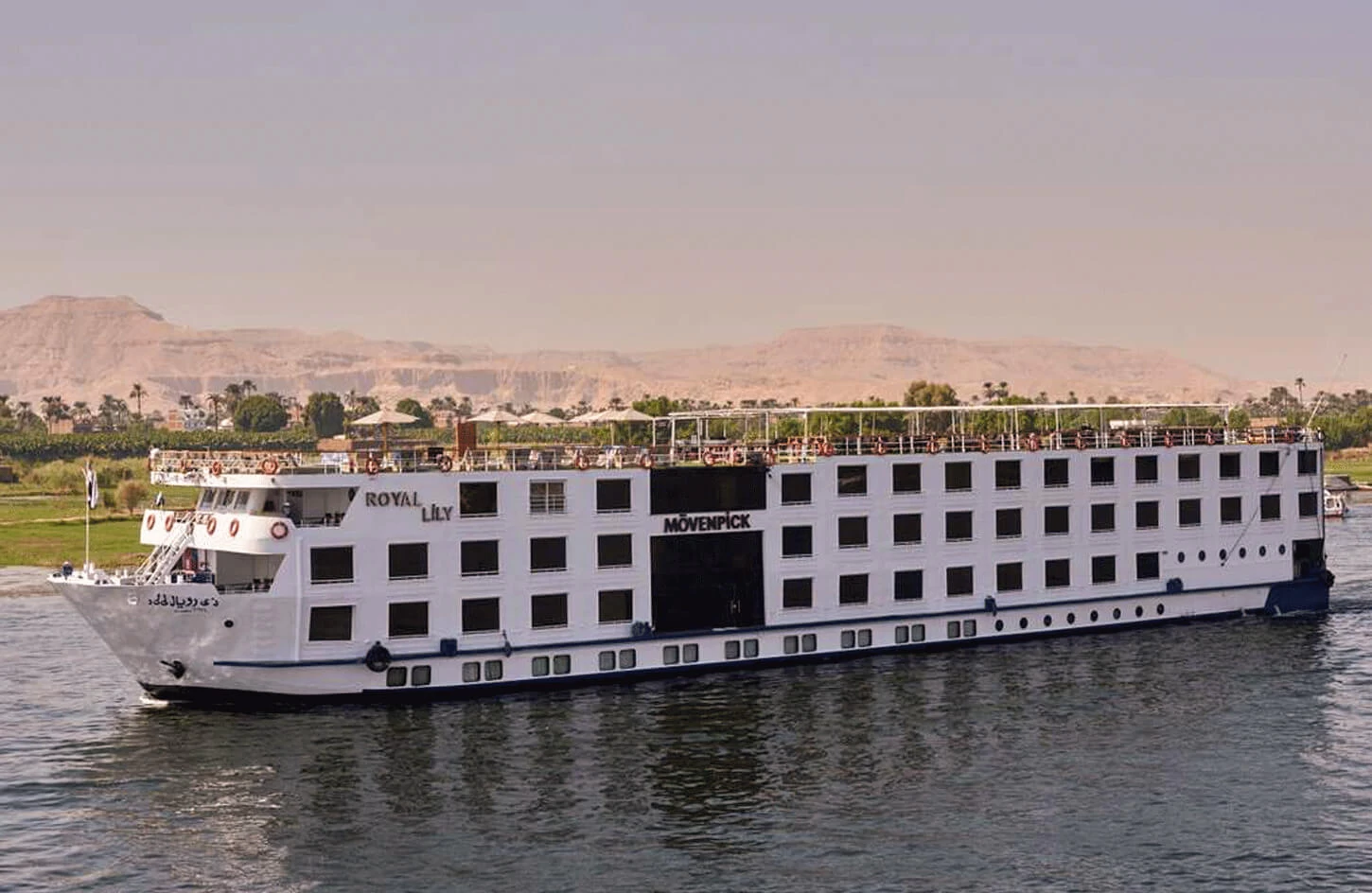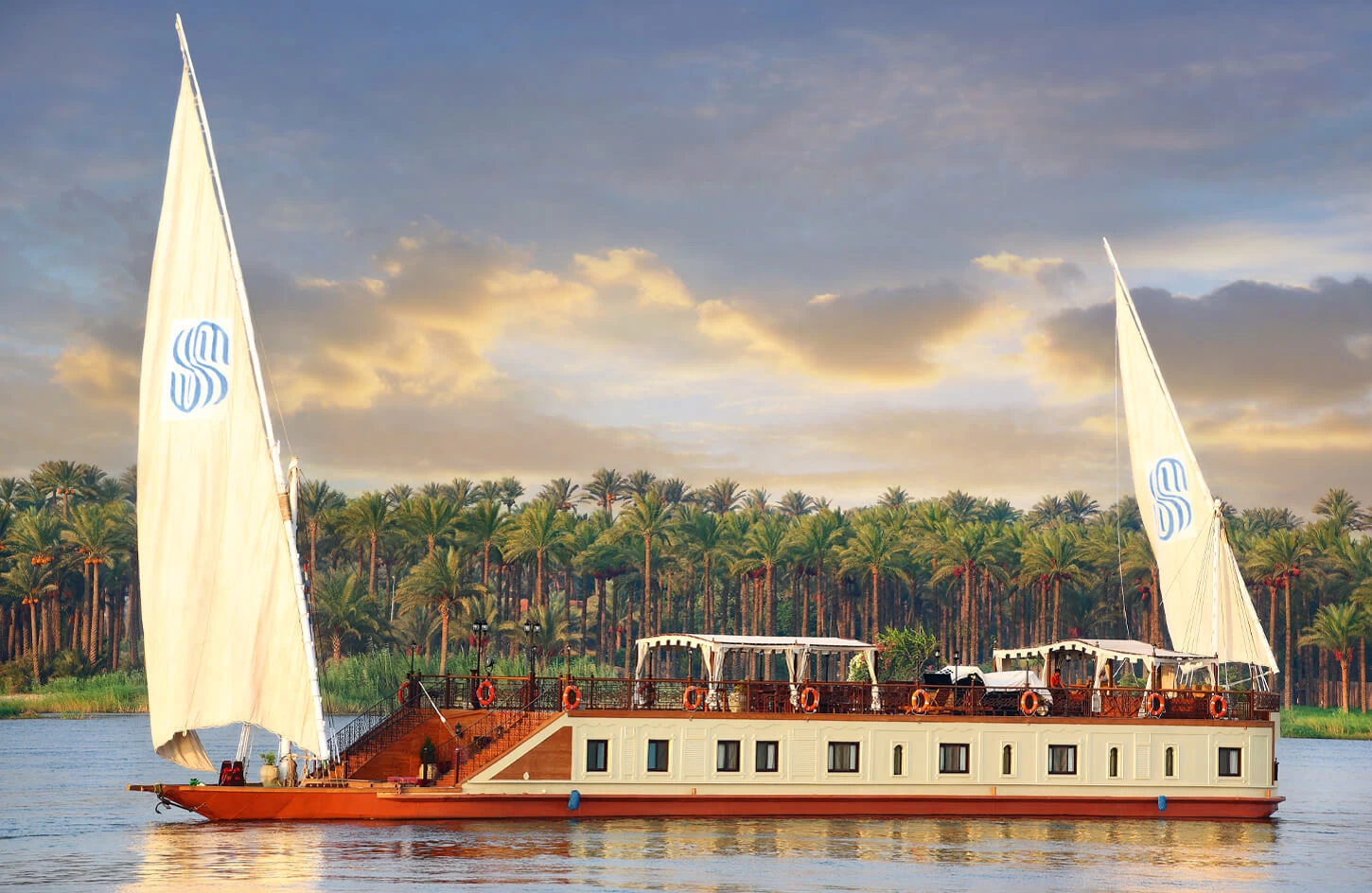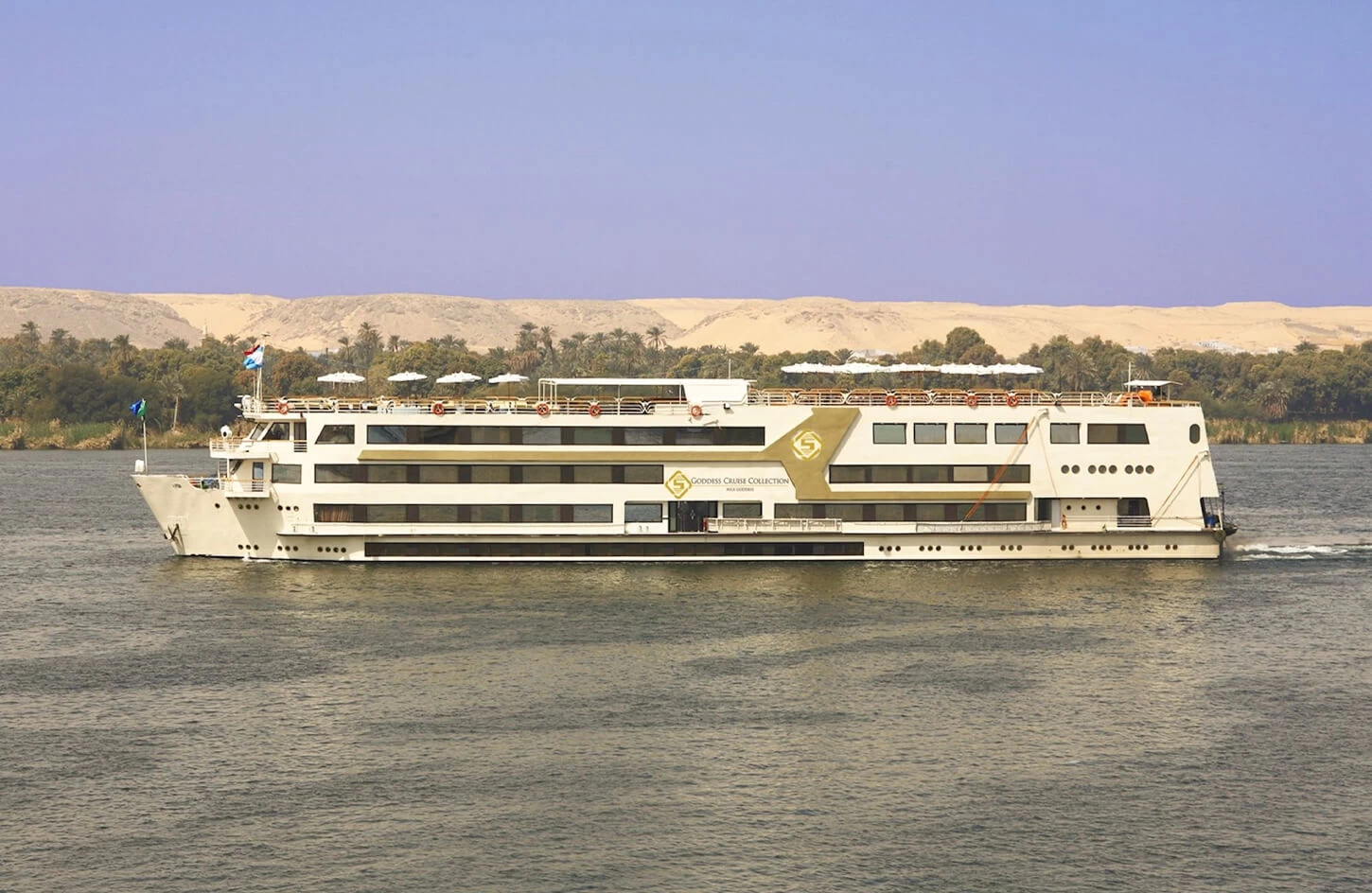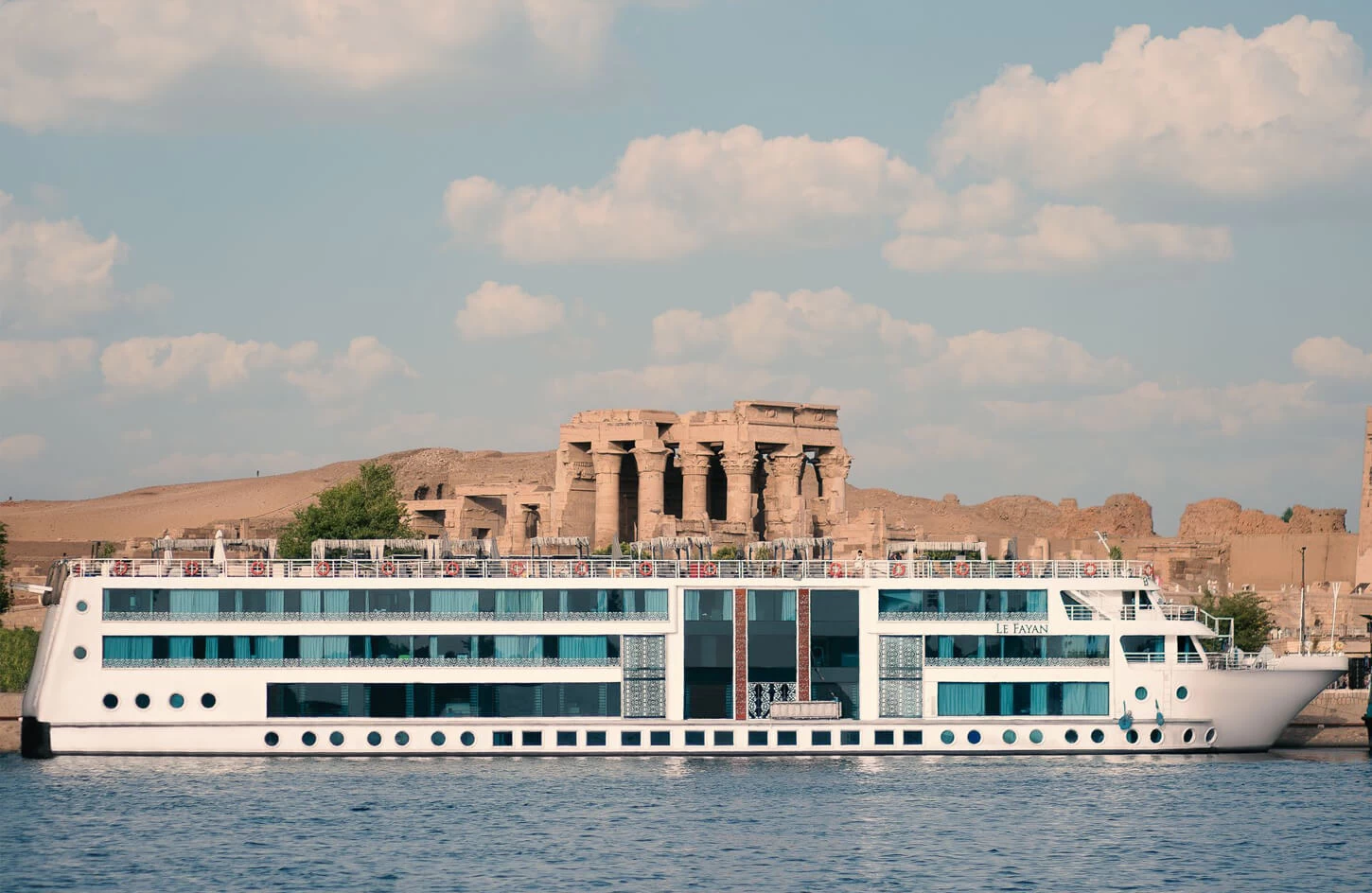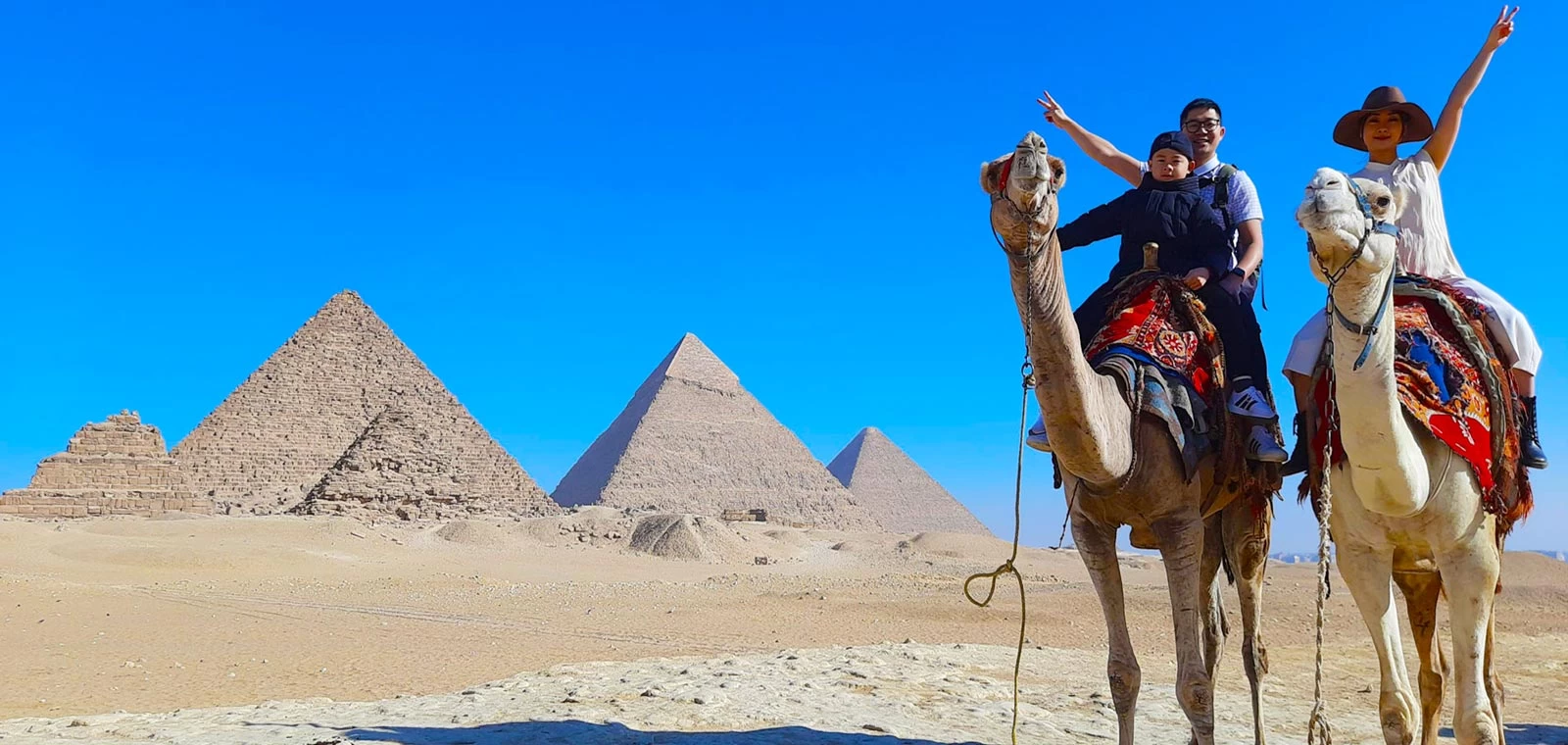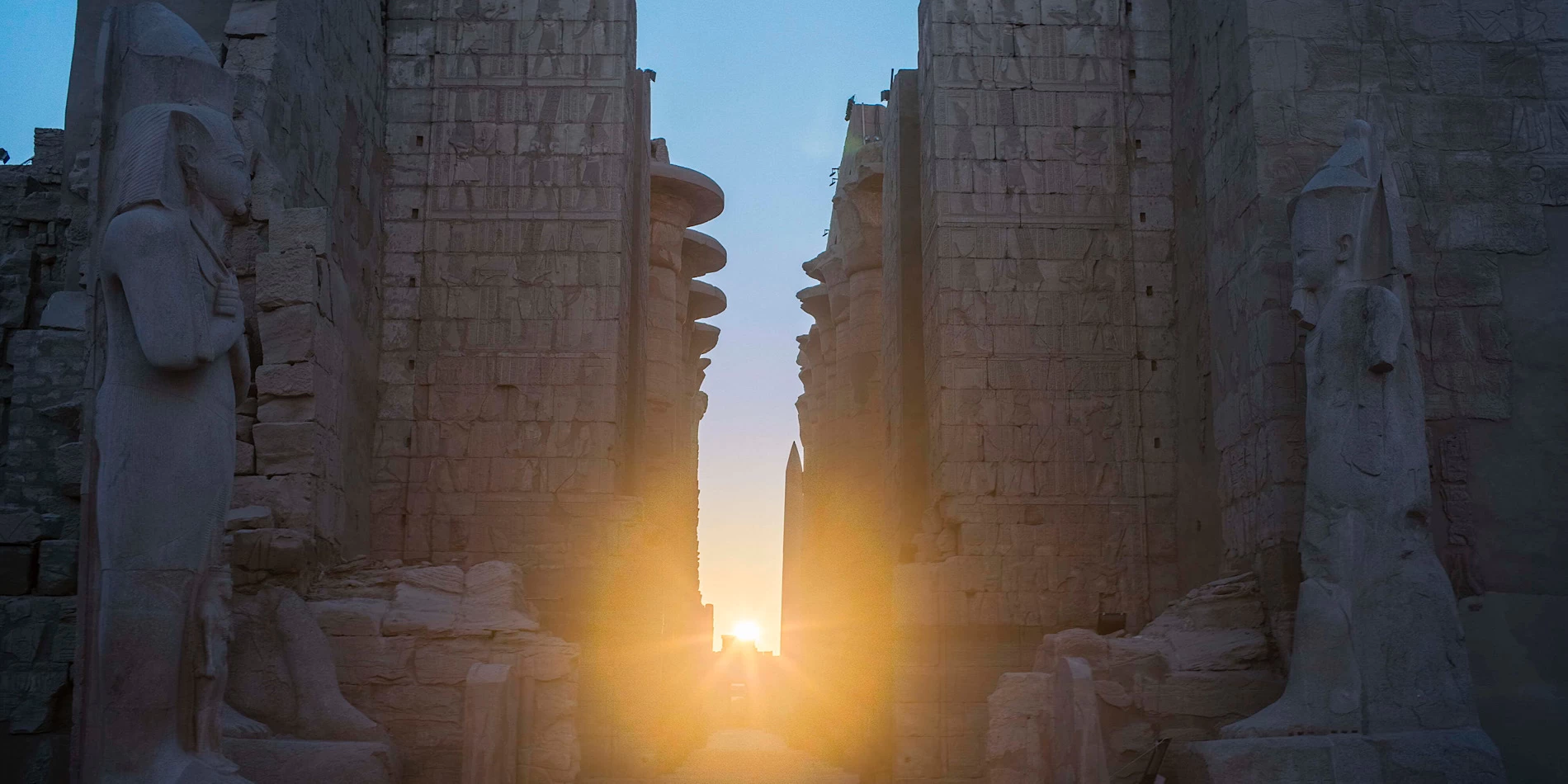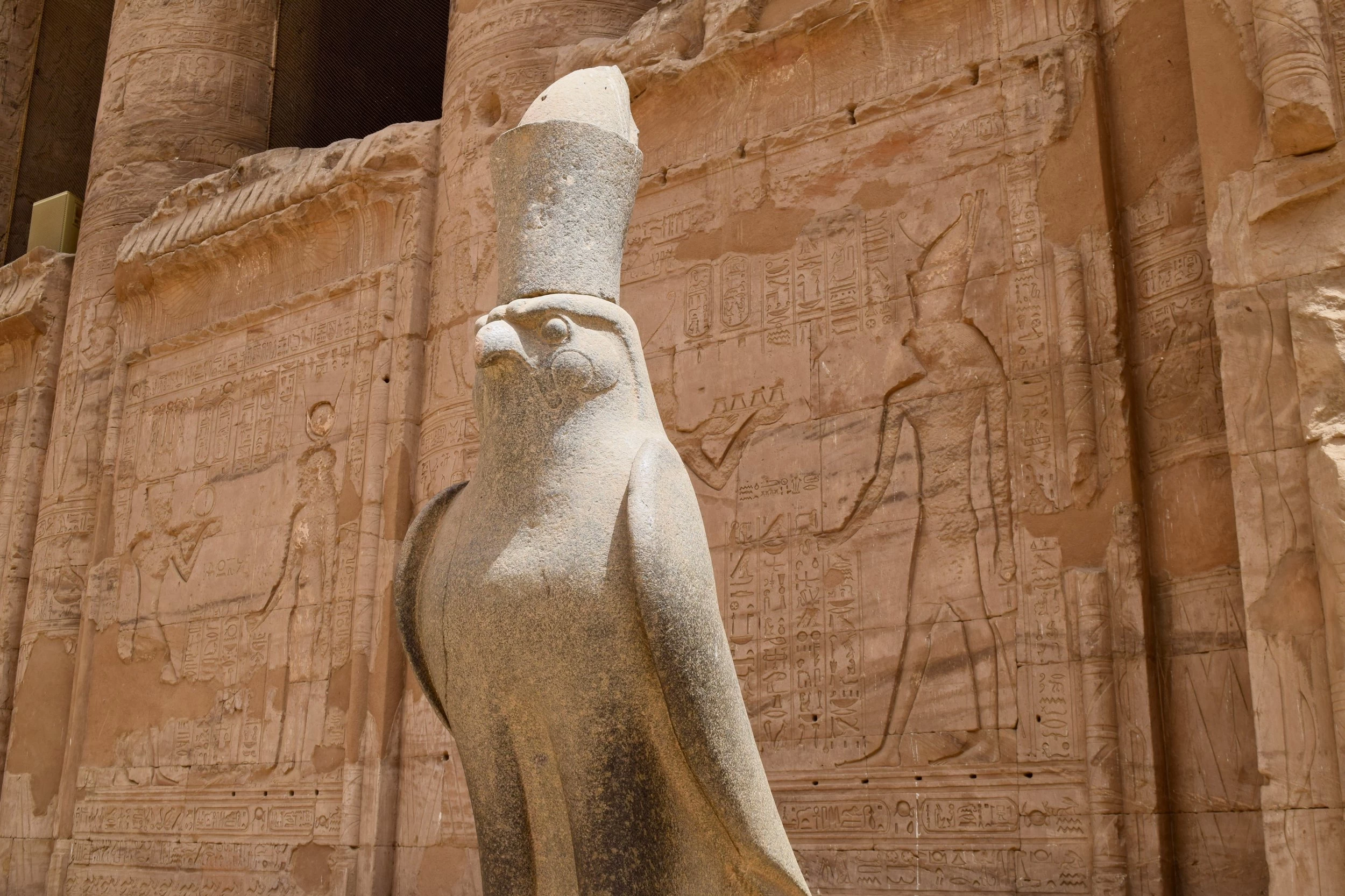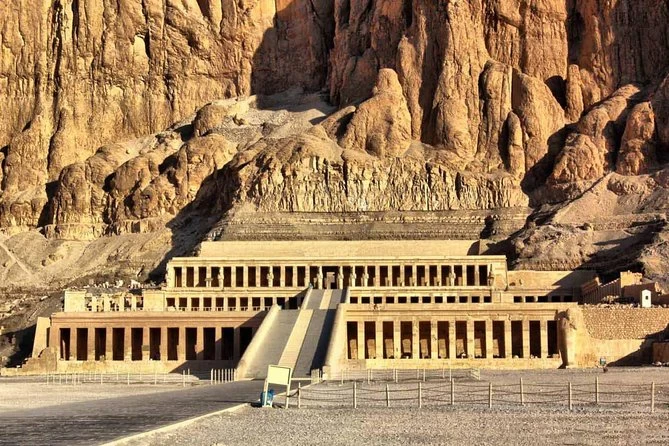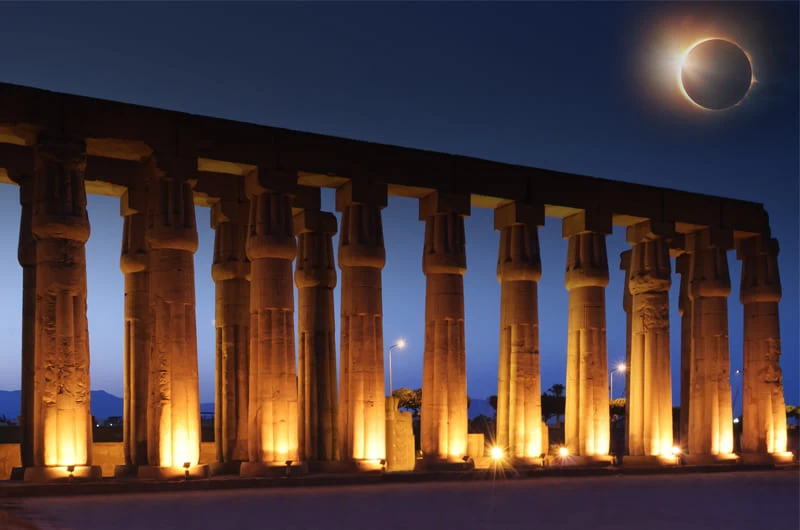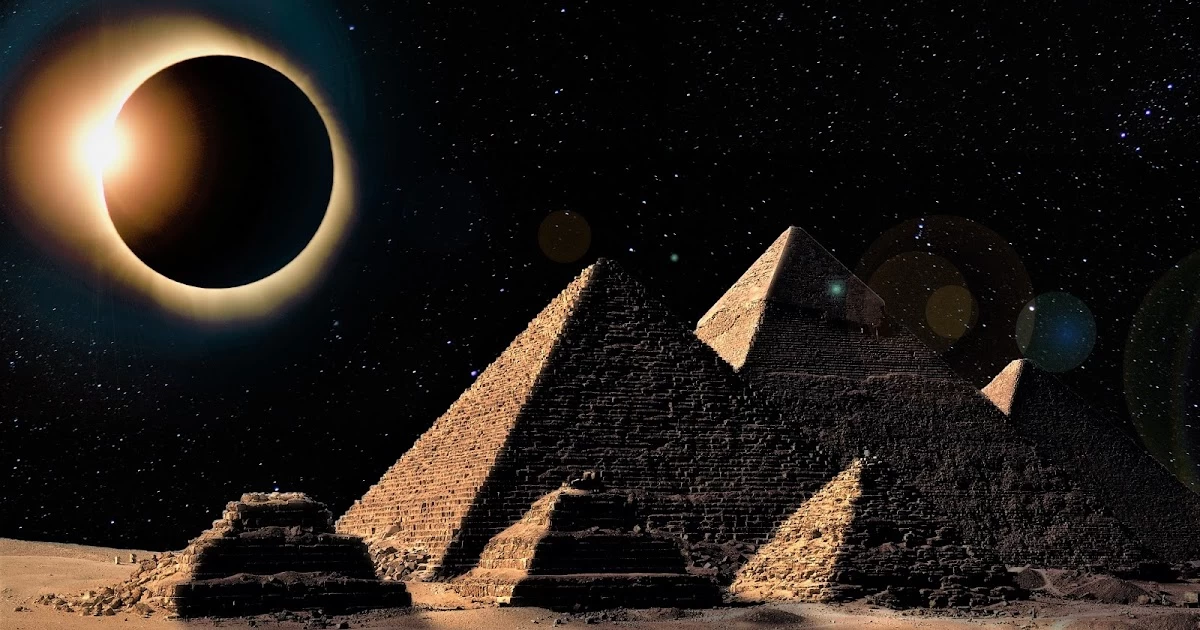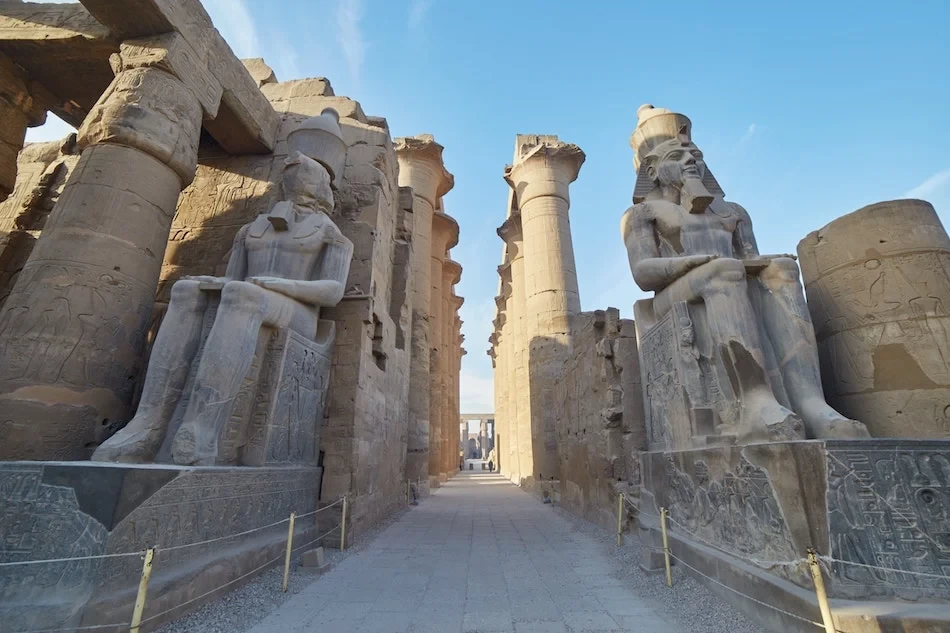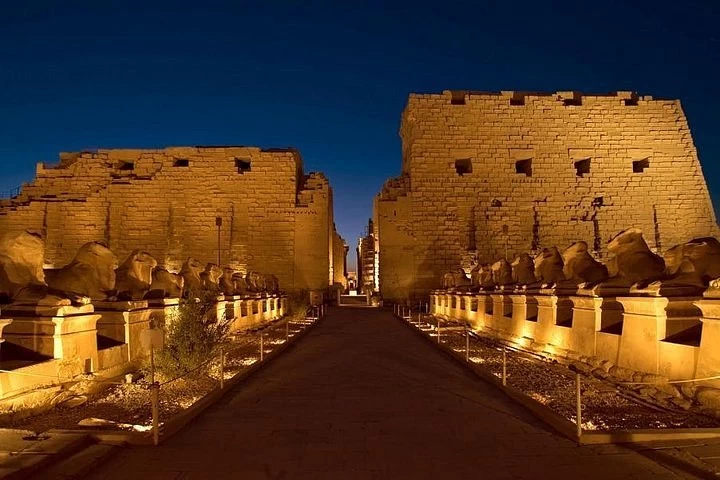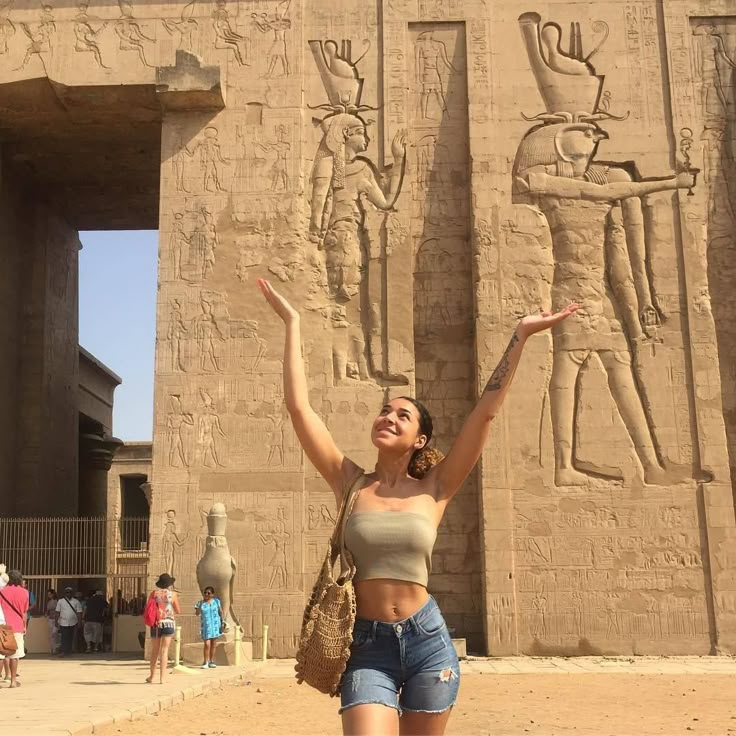Must-Visit Attractions & Activities in Luxor
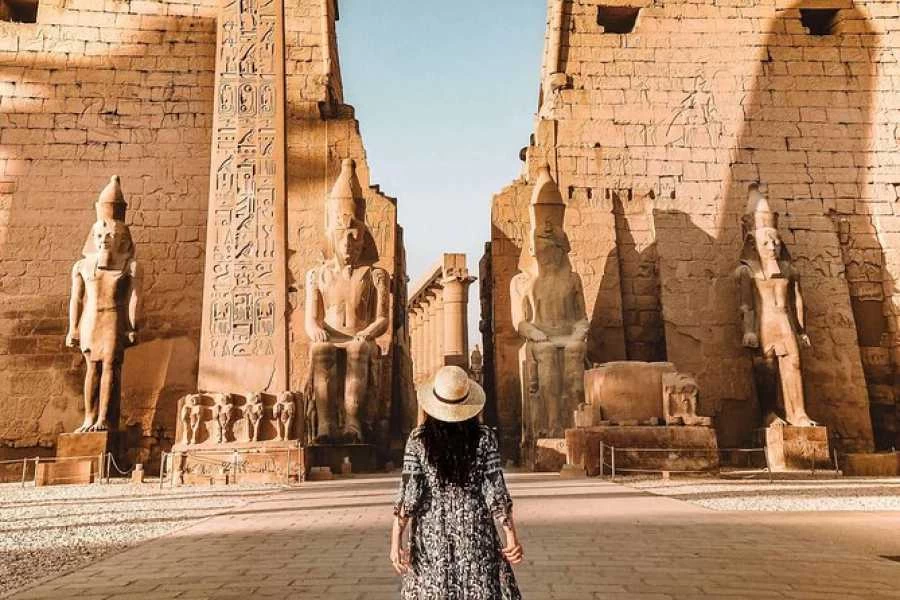
Luxor, the greatest open-air museum in the world, is a place where history comes alive. It embodies magnificent temples, grand tombs, and striking countryside Luxor trips will leave you with an everlasting memory of ancient Egypt. From the great Karnak Temple to the tucked-away secrets of the Valley of the Kings tour, every monument has a tale to tell tales of pharaohs, gods, and civilizations of yesteryears.
Explore the Valley of the Kings Hatshepsut Temple, delve into the architectural wonders of Karnak Temple Architecture, and don’t miss the magical Sound and Light Karnak show for a truly immersive experience.
Use this guide to pick the best sights in your Luxor tour for encountering wonderment, history, and adventure.
Landmarks of The Karnak Temple
It speaks to the greatness of ancient Egypt and stretches over 1,500 years. It's filled with the ruins and remains of temples, sanctuaries, and pylons. The Karnak Temple Architecture stands as a testament to the grandeur of this ancient civilization. It's on the east bank of the Nile in Luxor, the biggest temple site open to tourists.
-
The Temple of Amun-Ra forms the main part of the complex. It is the biggest religious building ever constructed. Amun has his wife Mut and their son Khonsu as part of his household. It includes the Great Hypostyle Hall, consisting of 134 columns of sandstone, and the Sacred Lake.
-
Visit the Open Air Museum with breathtaking relief fragments and stone statues.
-
Explore the well-painted columns and ceilings in the Festival Hall of Thutmose III.
-
Admire the well-preserved Khonsu Temple from the Third Intermediate Period.
-
Find out about the Egyptian-Hittite Peace Treaty from 1259 B.C., which reflects the importance of this place.
Walking through the Karnak Temple complex, one can see many artifacts. The artifacts signify the changes that took place in Egyptian worship over time; hence, the attractions of Karnak are very famous in Egypt.
For an ideal visit, the time would be late afternoon. There’s a lot less crowding then, and the spiritual vibe is sensed much better. This site is very significant in history. There are constant measures to keep it safe for visitors in the future so that everyone gets to marvel at the wonder known as Luxor's heritage.
The Third Egyptian Temple, The Temple of Luxor
The Temple of Luxor is the largest temple. It was built during the pharaonic era of Amenhotep III and Ramses II. Since the temple is a major site in Luxor, it is said to be a place for reinstating the powers of kings, which in all probability also serves as a crowning site for the pharaohs. On approaching, they are greeted by giant statues of Ramses II dominating this entrance. A very strong first impression.
The absolute best of ancient Egypt in architectural design is showcased in the temple. Beautiful columns and walls are richly carved. The temple is also a blend of Egyptian and Roman art, featuring some stunning frescoes.
Being in Luxor Temple is like going back in time. It is rather a quiet place, giving you a tangible feeling of the history there. It is a must for anyone visiting Luxor with an interest in the culture of Egypt.
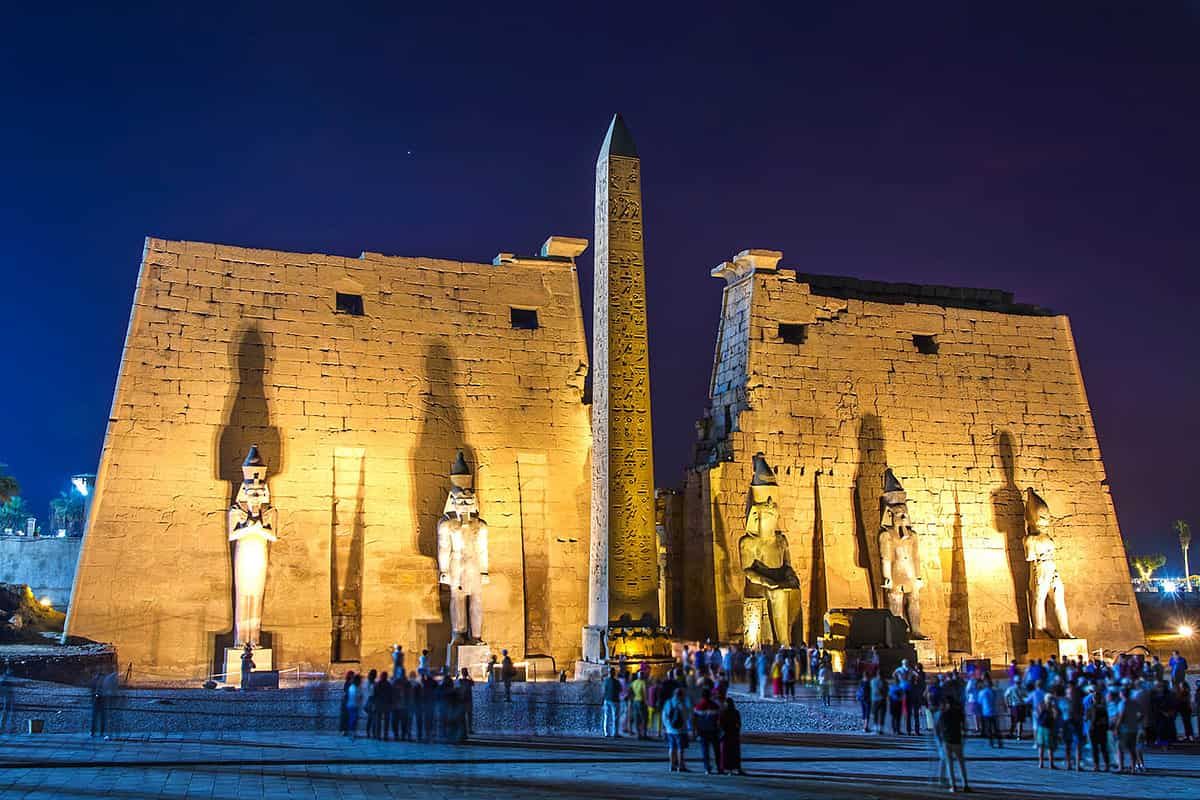
Valley of the Kings – The Nobility Cemetery
The Valley of the Kings is a true treasure of ancient Egyptian history. It served as the burial ground for pharaohs and nobles from the 16th to the 11th century BC. Recognized as a UNESCO World Heritage Site in 1979, the valley contains 63 tombs that reflect the grandeur and prestige of Egypt's royal lineage.
The most iconic discovery here is the tomb of Pharaoh Tutankhamun, unearthed by Howard Carter in 1922. This tomb, filled with real artifacts, gold treasures, and fascinating relics, became one of the most famous archaeological finds in history. Its discovery made the Valley of the Kings a must-see destination for anyone interested in ancient Egypt.
Visitors need entrance tickets to explore the site, which typically allows access to any three tombs. To visit the tomb of Pharaoh Tutankhamun, an additional ticket is required. Other notable tombs include those of Ramses VI and Seti I, both showcasing breathtaking decorations and wall art that have withstood time.
The Temple of Hatshepsut – A Stunning Architectural Wonder
The Temple of Hatshepsut is one of the most impressive architectural masterpieces in Egypt. Located in Deir el-Bahari, it honors a remarkable female pharaoh and stands as a symbol of strength and vision. Constructed nearly 3,500 years ago, it is a vital stop on any Luxor travel itinerary.
The temple’s design is visually stunning, with three sweeping terraces that blend seamlessly into the surrounding cliffs. Along the route, majestic colonnades and intricate reliefs depict stories from Queen Hatshepsut’s reign, including her famous trade mission to the Land of Punt.
The site gives visitors a unique look at ancient Egyptian history and the role of women in leadership. Restoration efforts have been ongoing since 1891, making it not only a historical site but also a preserved gem of architecture and heritage. It is one of the most engaging parts of a visit for those especially interested in female figures in Egyptian history.
The best time to explore the Temple of Hatshepsut is from September to March when the weather is cooler and more comfortable for sightseeing. But truly, any time of year offers a powerful encounter with the legacy of one of Egypt's most iconic rulers.
The Colossi of Memnon – Symbols of Ancient Egyptian Skill
The Colossi of Memnon are two massive statues that have stood for more than 3,400 years in the Theban Necropolis. Each statue, around 60 feet high and weighing nearly 700 tons, represents Pharaoh Amenhotep III seated on his throne, alongside his queen Tiye.
Carved from a single block of quartzite sandstone, these statues once stood at the entrance of a grand temple complex. Though much of the original temple has disappeared, these two figures remain as impressive examples of ancient Egyptian craftsmanship. Despite earthquake damage over the centuries, they remain intact and are considered iconic symbols of Luxor.
According to ancient myths, the statues were once said to "sing" at dawn, a phenomenon that drew travelers from across the world. Although only two statues remain from what were once six, their significance endures. Roman restoration work even attempted to preserve them after the earthquake of 27 BC.
Surrounded by palm trees and green landscapes, the Colossi of Memnon offers visitors a peaceful yet powerful glimpse into Egypt's majestic past. They continue to attract travelers from around the world and are an essential part of Luxor's historical identity.
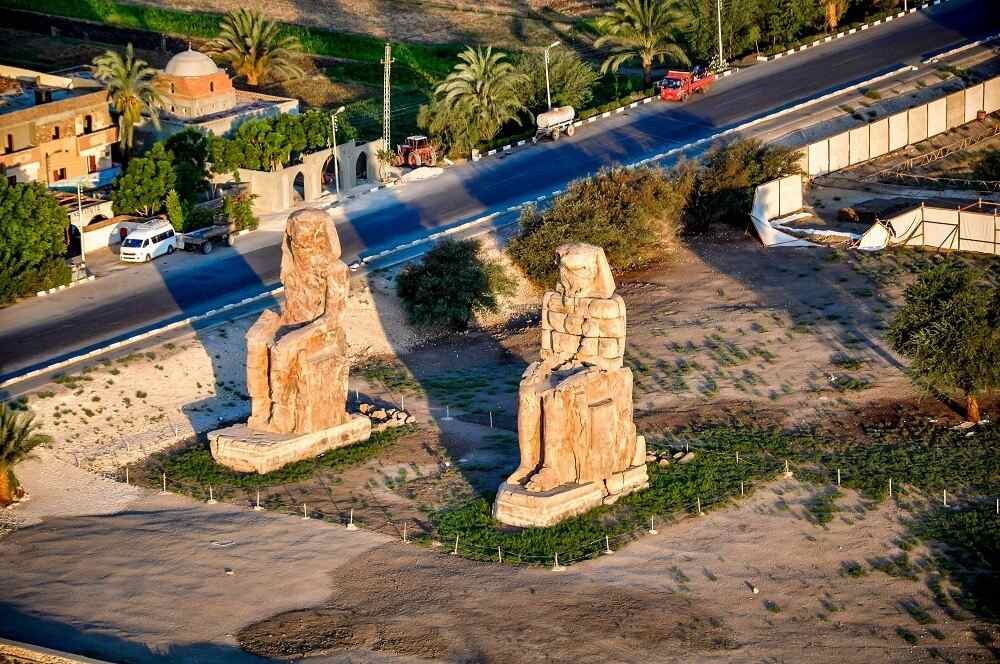
Tombs of the Nobles — Visualized Ancient Egypt at Its Best
The Tombs of the Nobles are very peacefully set on the West Bank of Luxor, next to Ramesseum and Hatshepsut’s Temple, with around 400 tombs of the minor nobles, officials, and governors. These very beautiful tombs distinguish themselves with highly elaborate wall paintings showing everyday life, agriculture, and ancient religious scenes.
Some of the grandest tombs are those of Sennefer, the Mayor of Thebes, known for the elegant vine-covered ceiling, and Menna’s Tomb, famed for almost photographic depictions of farming and labor. These tombs reflect the life of an ordinary person as opposed to those in royal burials such as that of Pharaoh Tutankhamun.
Less crowded compared to its other famous cousins in Luxor, this gives the patron a quieter and more personal experience. Tickets must be purchased separately for each tomb and usually cost about £3. The tombs are open for view every day, where private guided tours costing $42–$57 are also available. These are mostly rated between 4.7 and 4.84.
Seeing the Tombs of the Nobles with eyes humanizes the vision of ancient Egypt. It is truly a peaceful setting where one could contemplate Thebes and those who ruled it, far from crowds yet filled with loads of significance.
The Luxor Museum — Artifacts and New Pages
The Luxor Museum is recommended to anyone interested in the long and captivating history of Egypt. Founded in 1975, the museum holds a chosen collection spanning antiquities from the Old Kingdom up to the Mamluk period, thus, more focused and intimate in experience than major museums.
Among the treasures at the museum are several golden items of Pharaoh Tutankhamun and New Kingdom armory. Ancient chariots, military equipment, and multimedia presentations that brought Thebes to life could be appreciated by any visitor.
Dominating one of the galleries is the 2.45-meter statue of Amenhotep III. The museum also possesses two unwrapped royal mummies, Ahmose I and Ramses I—offering a rare splash of ancient burial traditions to its visitors. Additional artifacts from Luxor Temple include the head of the cow goddess and parts of the Wall of Akhenaten.
Open daily from 9 AM till 2 PM and 5 PM till 8 PM.
The entry fee is 150 EGP (Egyptian Pounds) for students and 300 EGP for adults.
Luxor Museum is a key destination for history lovers. The museum paints a complete picture of the ancient Egyptian civilization through objects spanning thousands of years.
Exploring the City — A Journey Through Living Heritage
Luxor is not all temples and tombs—it's also about living the life and experiencing adventures locally. While resting and taking in views, a sunset felucca ride on the Nile lasts roughly three hours and costs upward of $36 USD.
Up in the sky, the open air makes it even more spectacular with a hot air balloon ride and a view of ancient grandeur from above. Around $50 USD at least, this ranked among the best ways to see Luxor's iconic sites at sunrise.
Eat Egyptian dishes in local eateries.
Participate in cultural fairs and events to explore the living traditions of Luxor.
Shop for handcrafted souvenirs in bustling local markets.
Take guided walking or biking tours into the secret corners of the city.
Go camel riding into the desert for that extra limelight.
These activities show you the real Luxor far away from those ageless stones. Luxury goes hand in hand with thrill, and Luxor has a generous dose of both. That alone is enough to keep it amongst the most popular places to visit in Egypt where past and present beautifully collide.
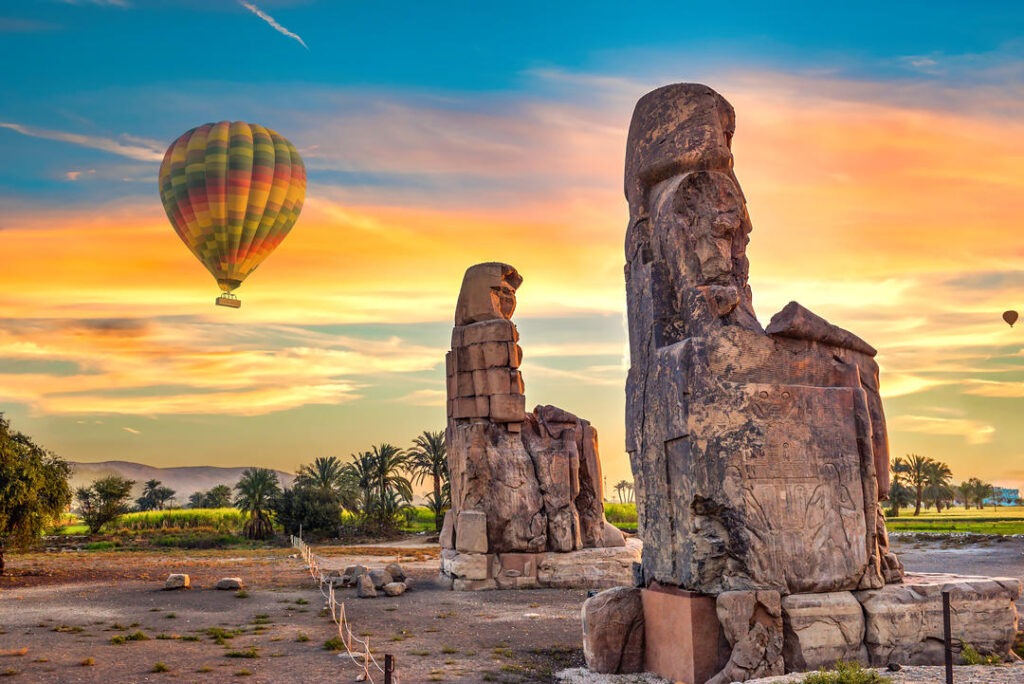
The History of Luxor: The Temple of Ramses
One of the most impressive historical landmarks in Luxor is the Temple of Ramses III at Medinet Habu. It affords a clear glimpse into the New Kingdom era and was economically and religiously important for Thebes for many centuries. The temple is spread over 66,000 square meters and is the second-largest temple in Egypt, providing a fine example of monumental design and mastery of craftsmanship.
The construction of this temple started in the 12th century BCE. The first pylon is covered with dramatic battle scenes, whereas the second shows Ramesses III presenting captives to the gods Amun and Mut. Further within the complex, there is a chapel from the time of Queen Hatshepsut, interlacing the contributions of kings Ramesses III and Tuthmosis III.
In the center of the temple stands a worldly hypostyle hall supported by 24 decorated columns. One of the best-equipped narratives is the wars against the Sea Peoples, shining light on a great chapter of Egypt's military history. Medinet Habu is much less packed compared to other main archaeological sites but just as impressive, making it one of the hidden treasures in Luxor tours. The exploration of the temple opens the doors to a broad understanding of religious, political, and cultural life in ancient Egypt.
History in a Personal Way: Howard Carter House
An absolutely unique site exists in Luxor for anyone interested in the story of Pharaoh Tutankhamun-the Howard Carter House. This museum, located on the West Bank, looks intimately into the life and discoveries of the man who found the tomb of the young king in 1922.
The place offers glimpses into Carter's personal belongings, maps, and field equipment. A replica of the tomb of Tutankhamun—a celebration, in miniature, of the grandeur of the burial treasures of the young king—makes for a highlight. The house further houses Carter's original desk, library, and photographic laboratory, alongside a rarely found 20-minute audio recording of Carter himself describing his discoveries.
Through restoration led by Dr. Zahi Hawass, the house is now fully preserved. An archaeological enthusiast must visit this place, who is eager to know the tale that lies behind one of the world's most legendary tomb discoveries.
A Journey in the Luxor Sky
In addition to the riverboat cruises, ballooning in Luxor is one of those few breathtaking experiences offered by the city. Around sunrise, pass by the Nile River, the Valley of the Kings, and the surrounding temples—viewing these ancient wonders from the sky is an experience to cherish forever.
Having over twenty-five years of experience and knowingly receiving international awards, these balloon rides ensure safety and professionalism. With the highest-grade insurance and well-experienced pilots, guests are treated to a calm and worry-free ride over the timeless landscapes of Egypt.
Valley of the Artisans-A Glimpse into the Day-to-day Life of Ancient Egypt
Deir el-Medina, or the Valley of the Artisans, looks into ancient Egypt from a different angle: the lives of the craftsmen who built the royal tombs. Located on the west bank of Luxor, the well-preserved village consists of 68 houses and was a home for the artists and workers of the Valley of the Kings.
Here, you get to view several small but intricately planned tombs, decorated with scenes relating to the artisans' beliefs, day-to-day activities, and culture. Over 5,000 ostracas have been discovered here, which are very important documents of the Ramesside period. Some distinguished areas here are the Temple of Amun and the Chapel of Ramesses II, dated to 1279-1213 BCE.
Entry tickets cost about 200 EGP, with guided tour prices generally ranging from $35 to $57. Guided tours are provided every day, so early visits are highly recommendable to avoid crowds. Most of the programs are highly rated, scoring from 4.58 to 5 stars.
This place is another highlight of Luxor tours, which moves that human connection to ancient Egyptian civilization the opposite way around and back through the eyes of those who literally built its legacy.
Ramesseum Temple – The Ramses II Legacy
The Ramesseum stands as a historical monument dedicated to Ramses II and is second in size after the temples of ancient Egypt. It was created over a 20-year period for both religious and funerary purposes. The sheer scale of the temple's architecture is breathtaking.
A building of monstrous dimensions—67 meters long by 183 meters wide—encompassing vast halls flanked by 48 papyrus-style columns. The walls of the temple narrate the military victories of Ramses II, while the open court is lined with colossal statues, some of which weigh over 1,000 tons and are 18 meters high.
Although the Ramesseum is partially ruined, it remains imposing and majestic. It is a World Heritage Site under UNESCO and constitutes an essential venue for every Luxor tour, imparting a thorough account of Ramses II's 66-year reign and the art, religion, and might of ancient Egypt.
Customize Your Day in Luxor with Egypt Day Trips
Luxor is an open-air museum, full of temples, tombs, and stories waiting to be discovered. Whether unearthing the mystery of Pharaoh Tutankhamun, wading through the silent halls of Medinet Habu, or soaring in a hot-air balloon over the Nile, this place has something for every kind of traveler.
Selecting prearranged experiences from Egypt Day Trips will surely enhance your trip by providing more profound insights and hassle-free traveling. From private guides to group adventures, every tour has been drown out in a way that ensures an unforgettable experience.
Let us take care of creating lasting memories while exploring the ancient grandeur of Luxor, where history leaps out in every stone.
-webp.webp)
-(1)-webp.webp)

-webp.webp)
